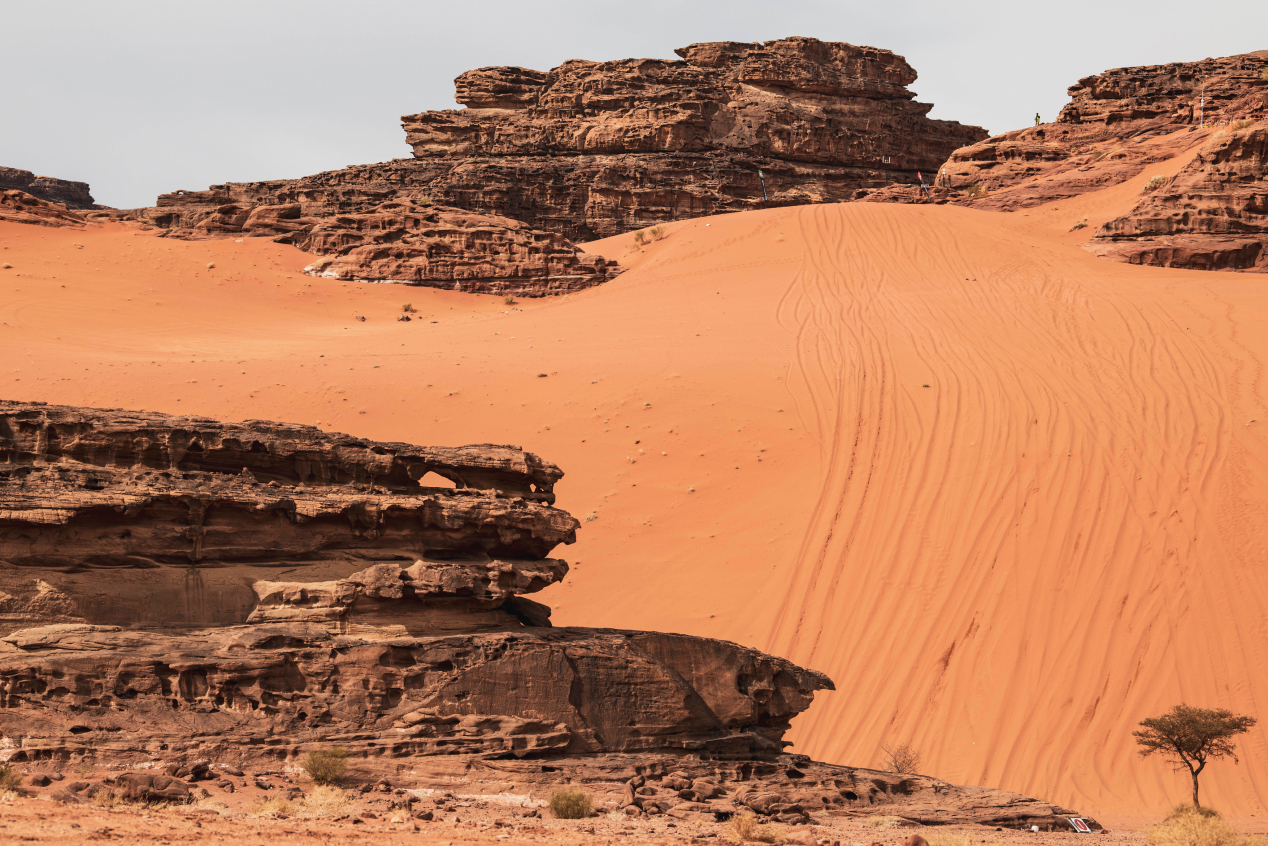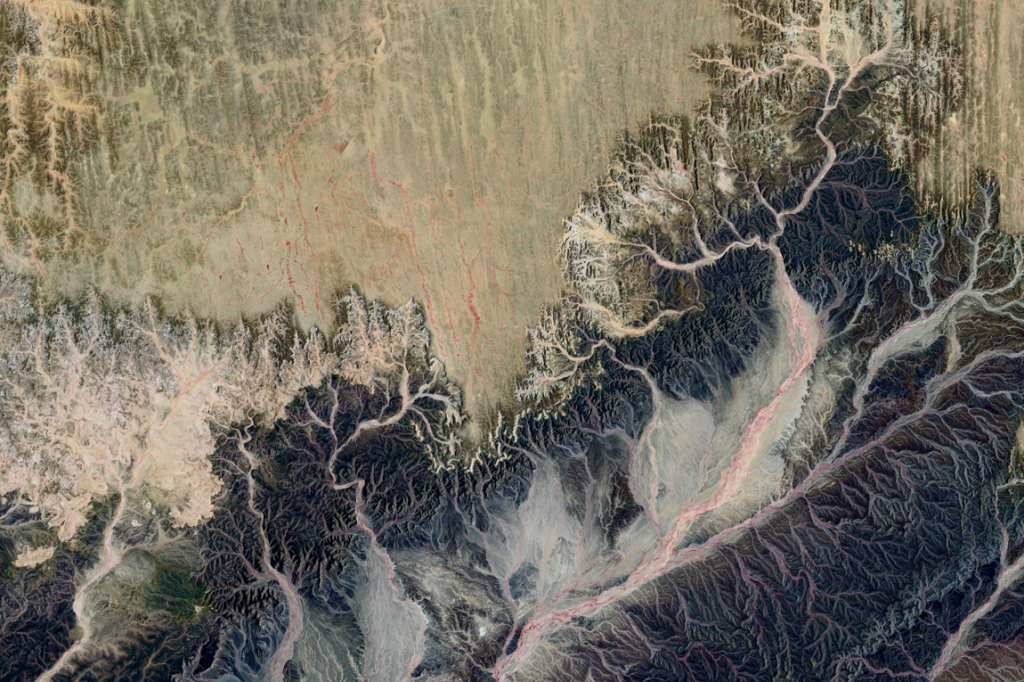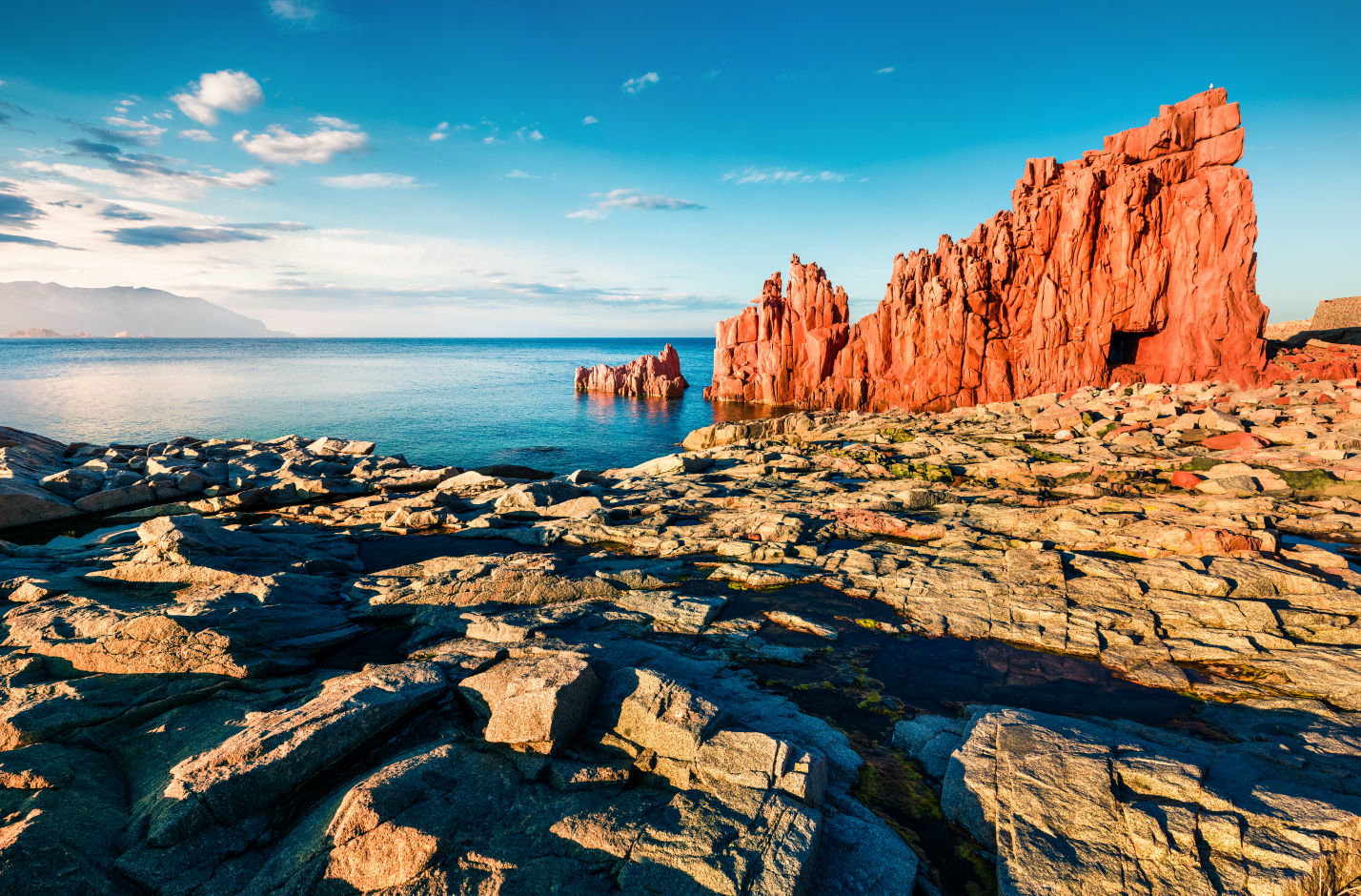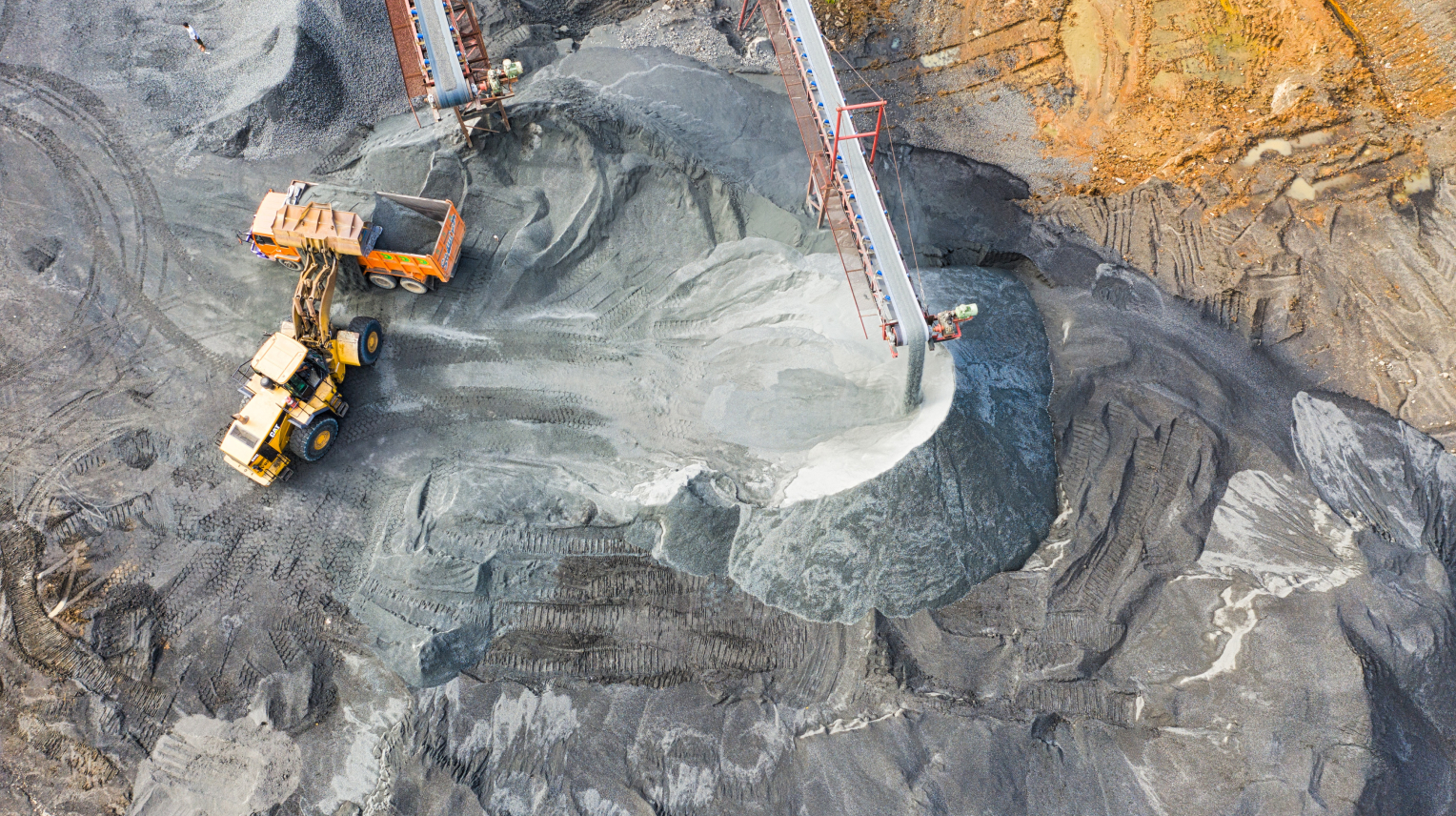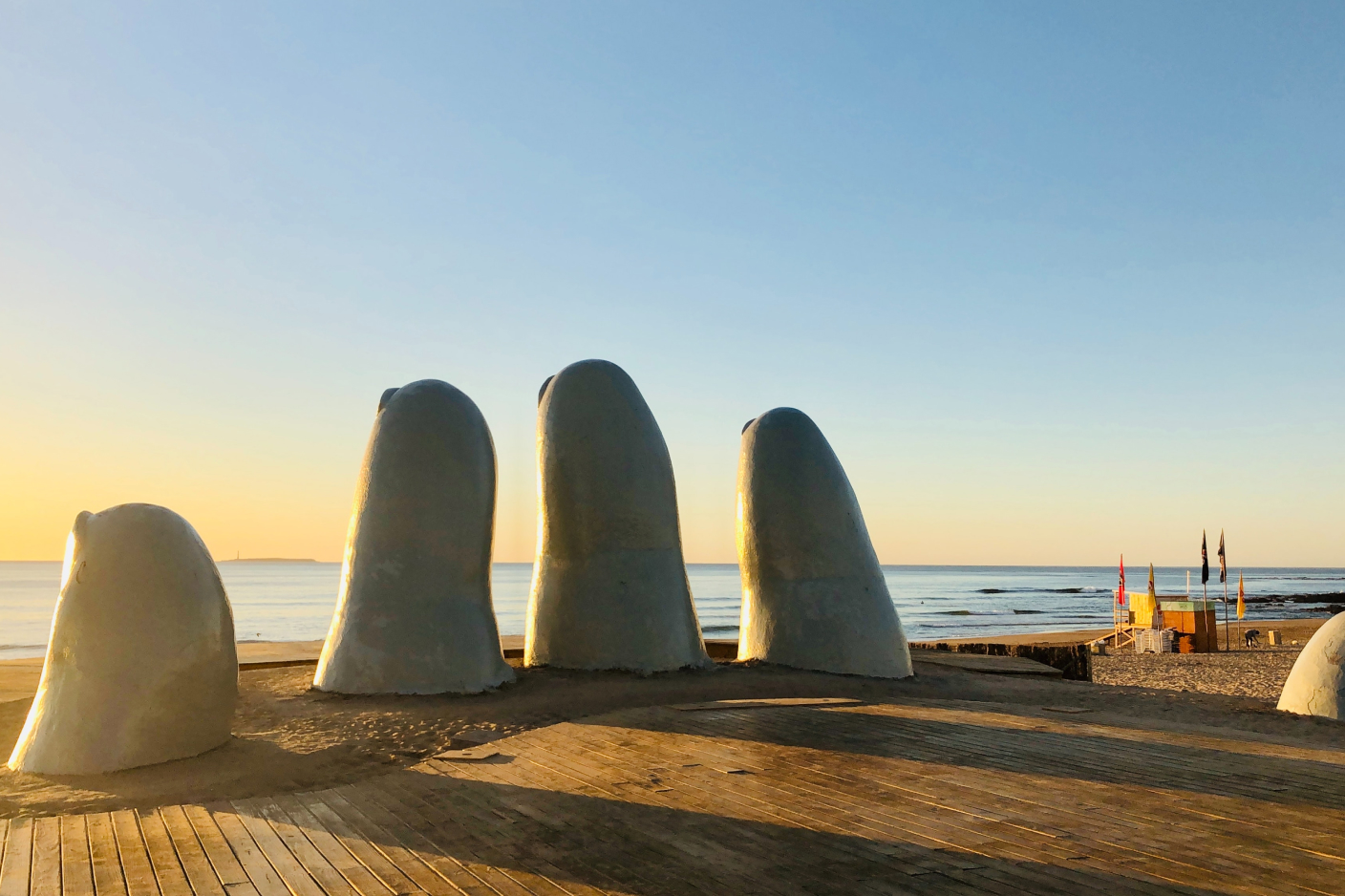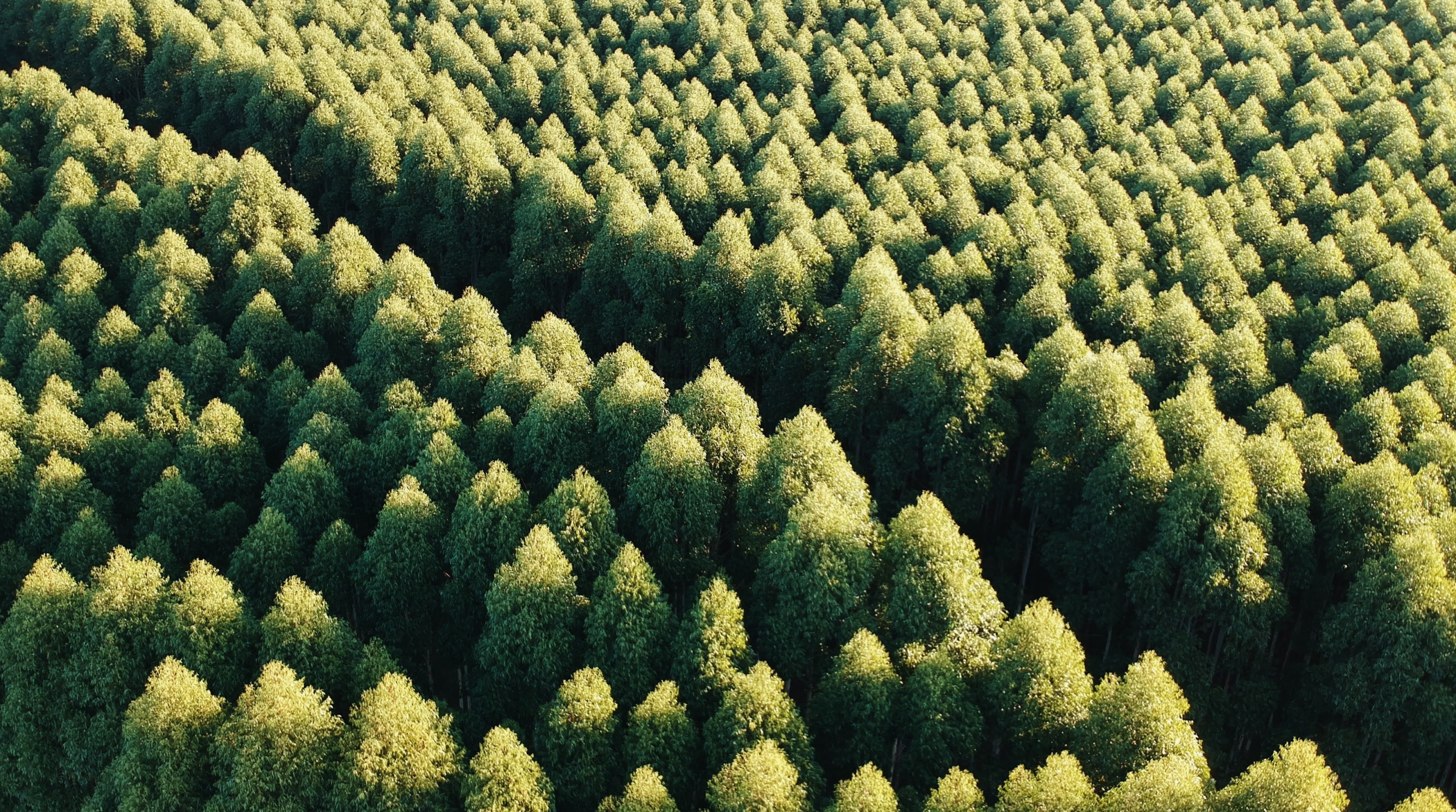-
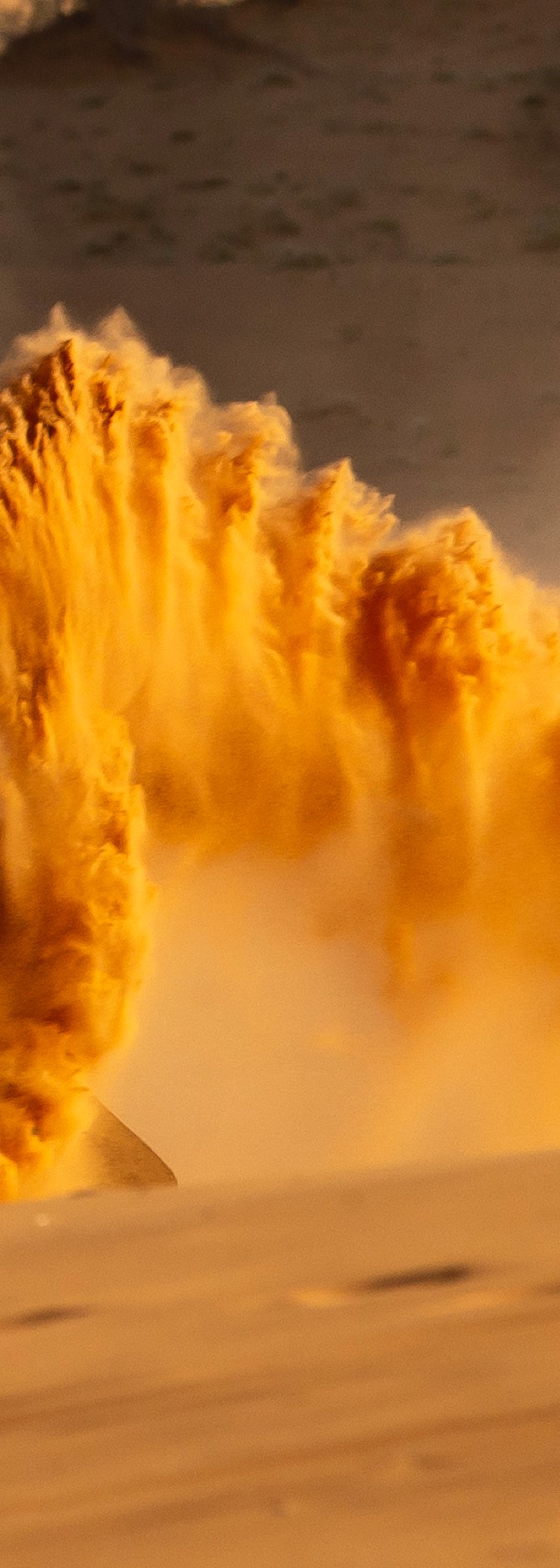 neom, saudi arabia
neom, saudi arabia
SEASON 2SWIPE TO DISCOVER
MORE -
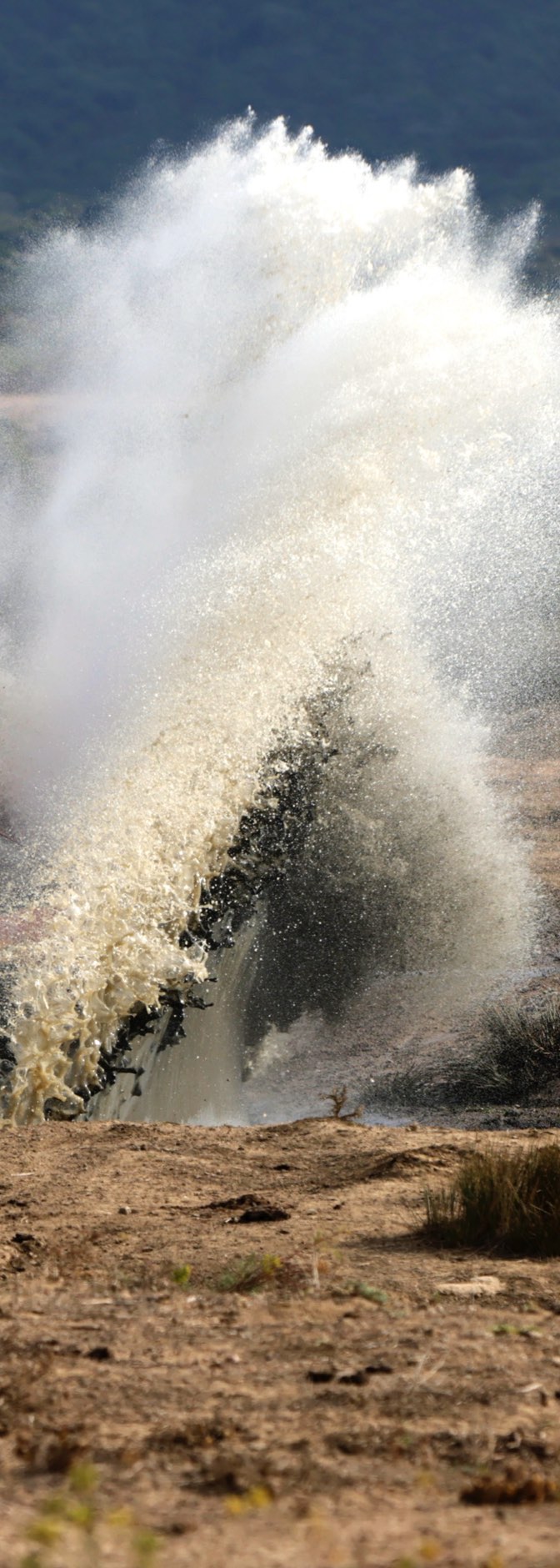 Sardinia, Italy
Sardinia, Italy
SEASON 2SWIPE TO DISCOVER
MORE -
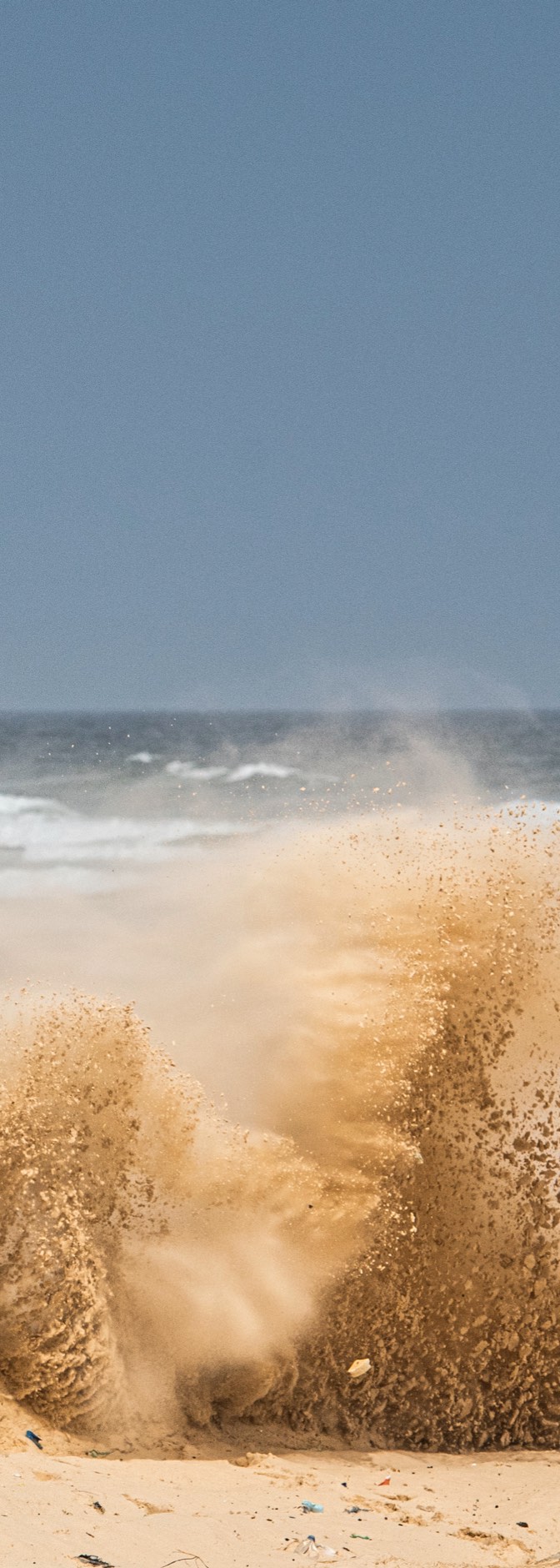 Sardinia, Italy
Sardinia, Italy
SEASON 2SWIPE TO DISCOVER
MORE -
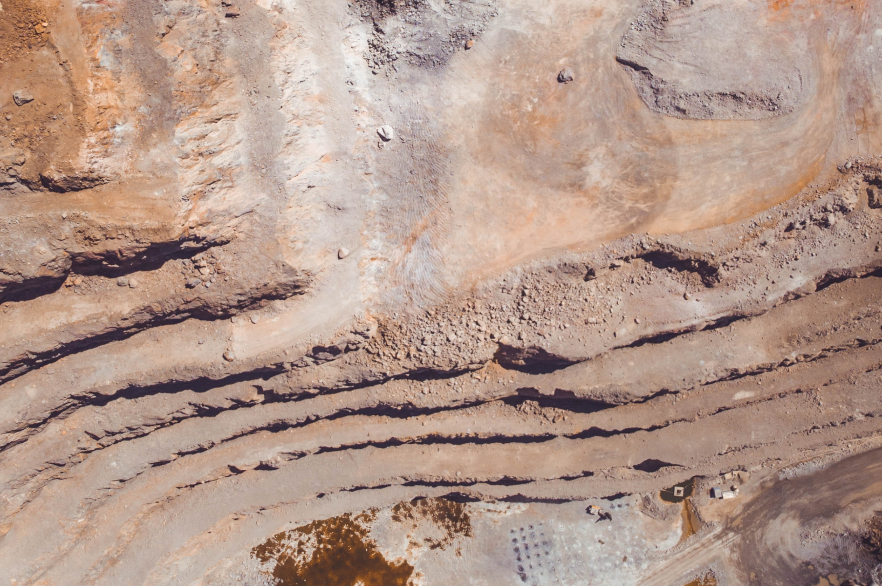 ANTOFAGASTA, CHILE
ANTOFAGASTA, CHILE
SEASON 2SWIPE TO DISCOVER
MORE -
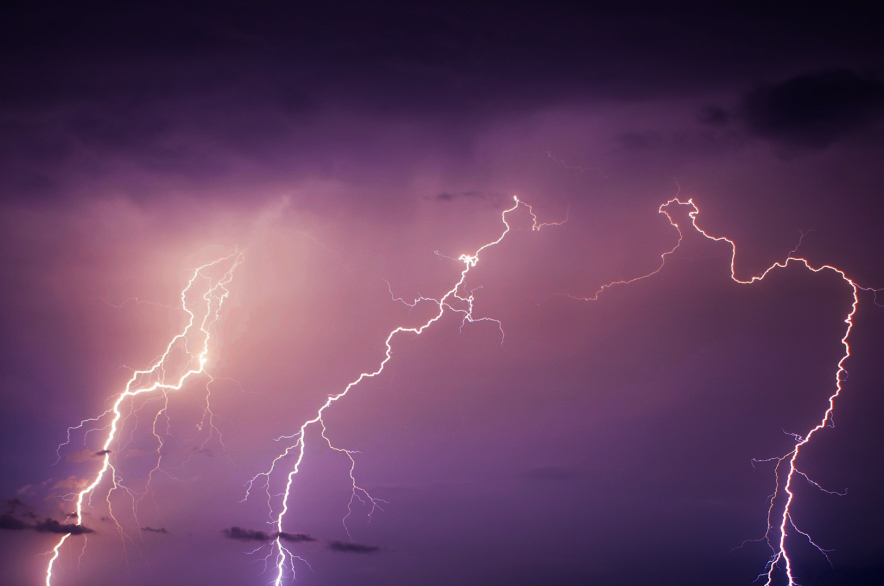 PUNTA DEL ESTE, URUGUAY
PUNTA DEL ESTE, URUGUAY
SEASON 2SWIPE TO DISCOVER
MORE
DESERT X PRIX
X PRIX results
CHAMPIONSHIP STANDINGS
| POSITION / TEAM | DRIVERS / NATIONALITY | POINTS | ||
| {{result.position}} |
|
|
|
{{result.points}} |
-
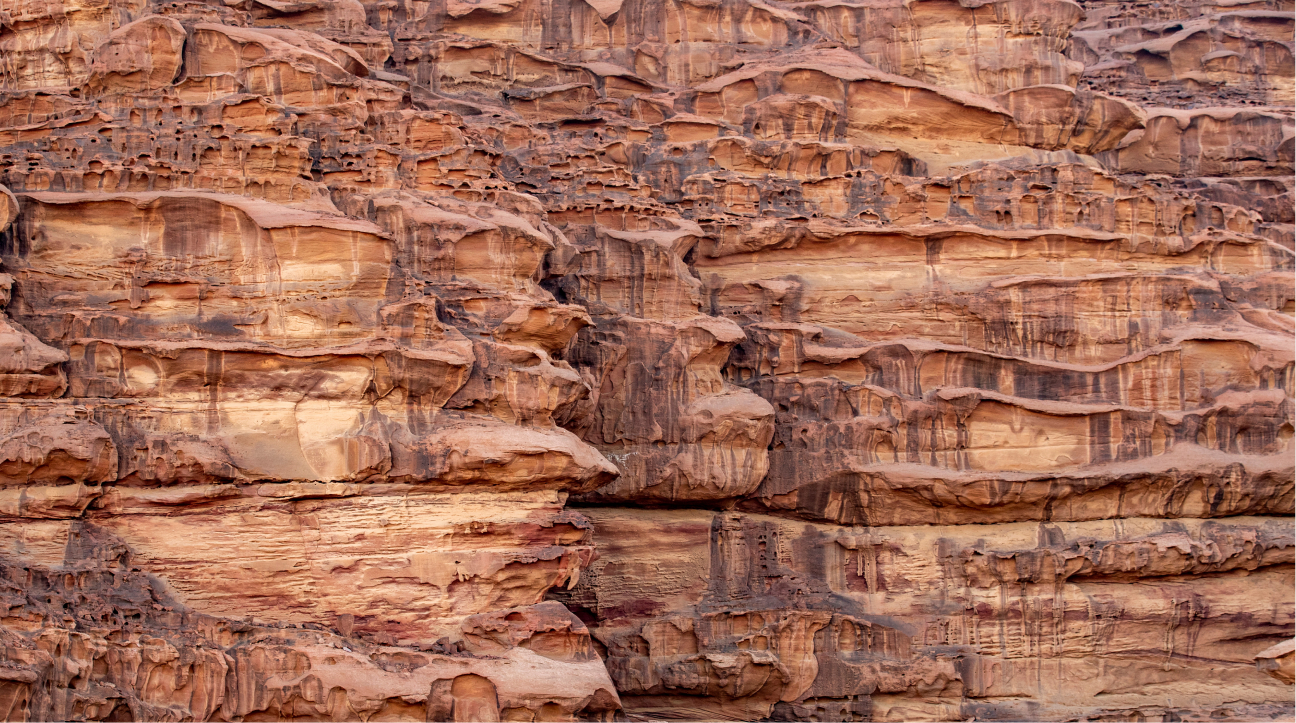
LOCATION
NEOM was chosen as a location by Extreme E, not only for its picturesque desert landscape and the significant cultural and societal shift it represents, but also because this sport for purpose championship aims to highlight the causes of desertification, the loss of biological diversity, and the importance of resilience in this vulnerable region. In addition, the unforgiving terrain of NEOM will also ensure it is the ultimate test for the drivers and their ODYSSEY 21 electric SUVs.
-
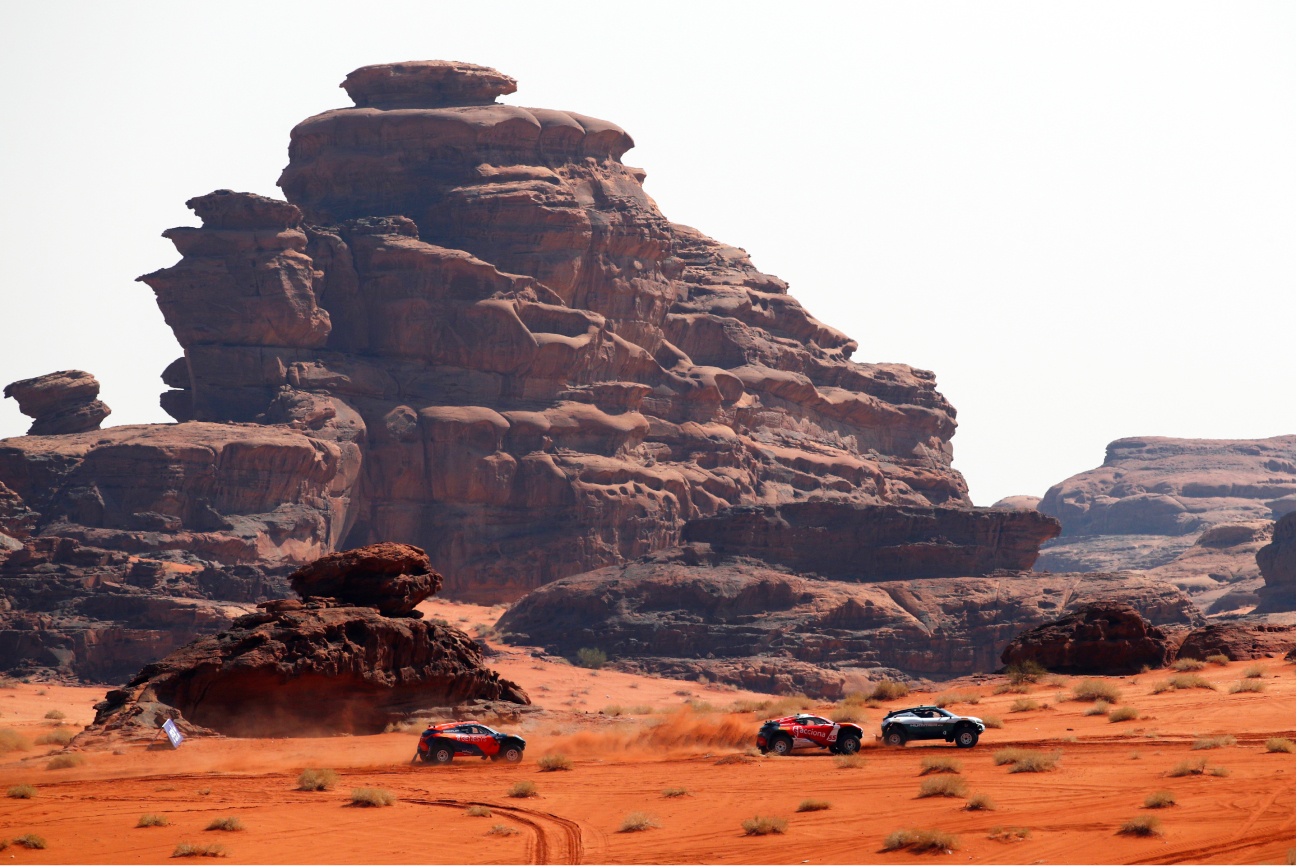
racing conditions
In terms of surface, there are various types of sand conditions out there. There is soft sand with rocks in between, dunes scaling up and down hill, which all differ in
thickness and weight of the sand. Outside temperature will also affect the ground surface as the early mornings in NEOM in February will be much cooler than the
teams experienced in AlUla last season.
-
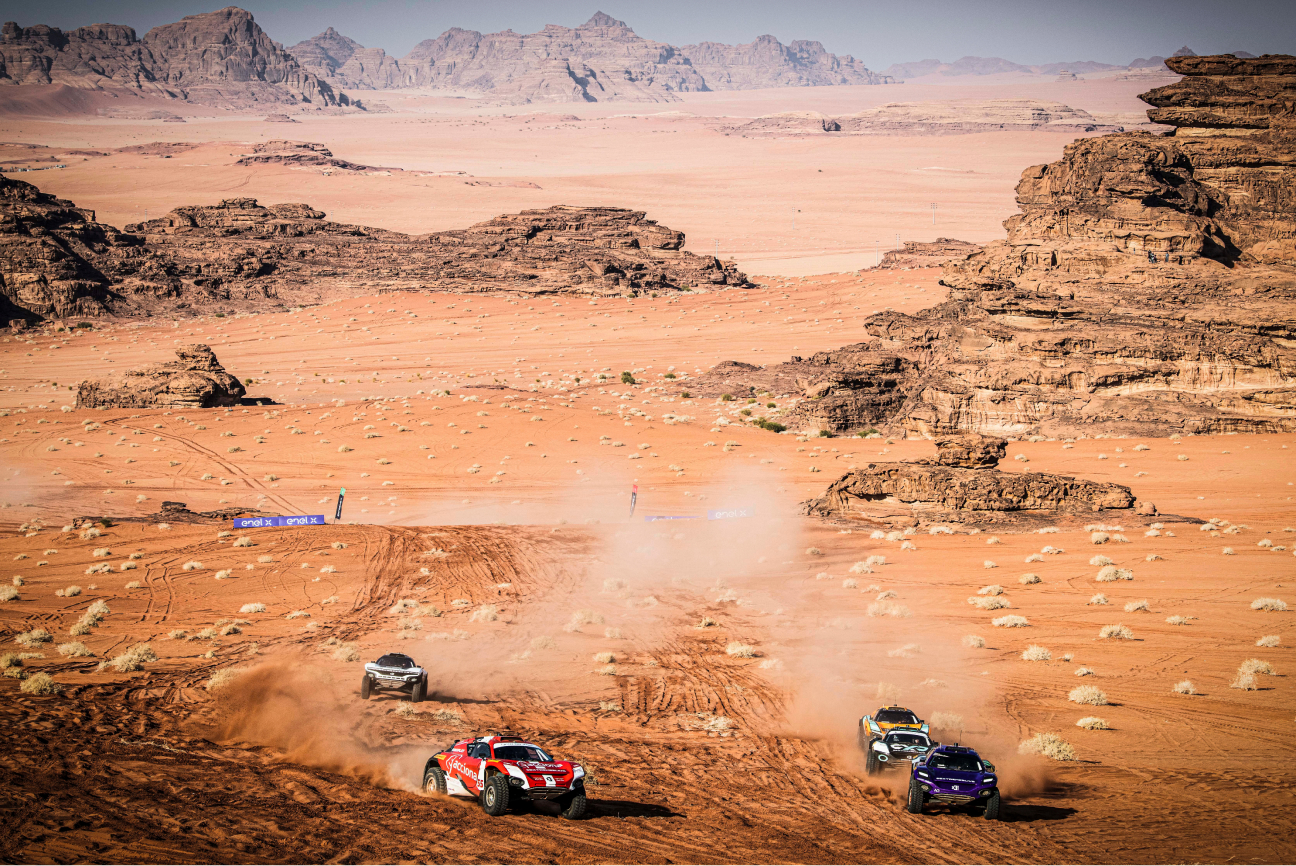
obstacles
Aside from the obvious difficulties of driving on sand, there will be various natural obstacles including dune grass and bushes. Deep and blind crests will also keep
the world-class drivers on their toes as they take on this course. The drivers will need to be sensible and analyse the course layout to understand the quickest route as on course there won’t be much track time to determine exactly where to go.
Overtaking will also prove a bigger challenge than at other locations. As well as having knowledge of their racing line, the drivers need to know what is beside that
line to determine whether to overtake on the right side or the left. One wrong move and they could be faced with a tricky obstacle to navigate.
-
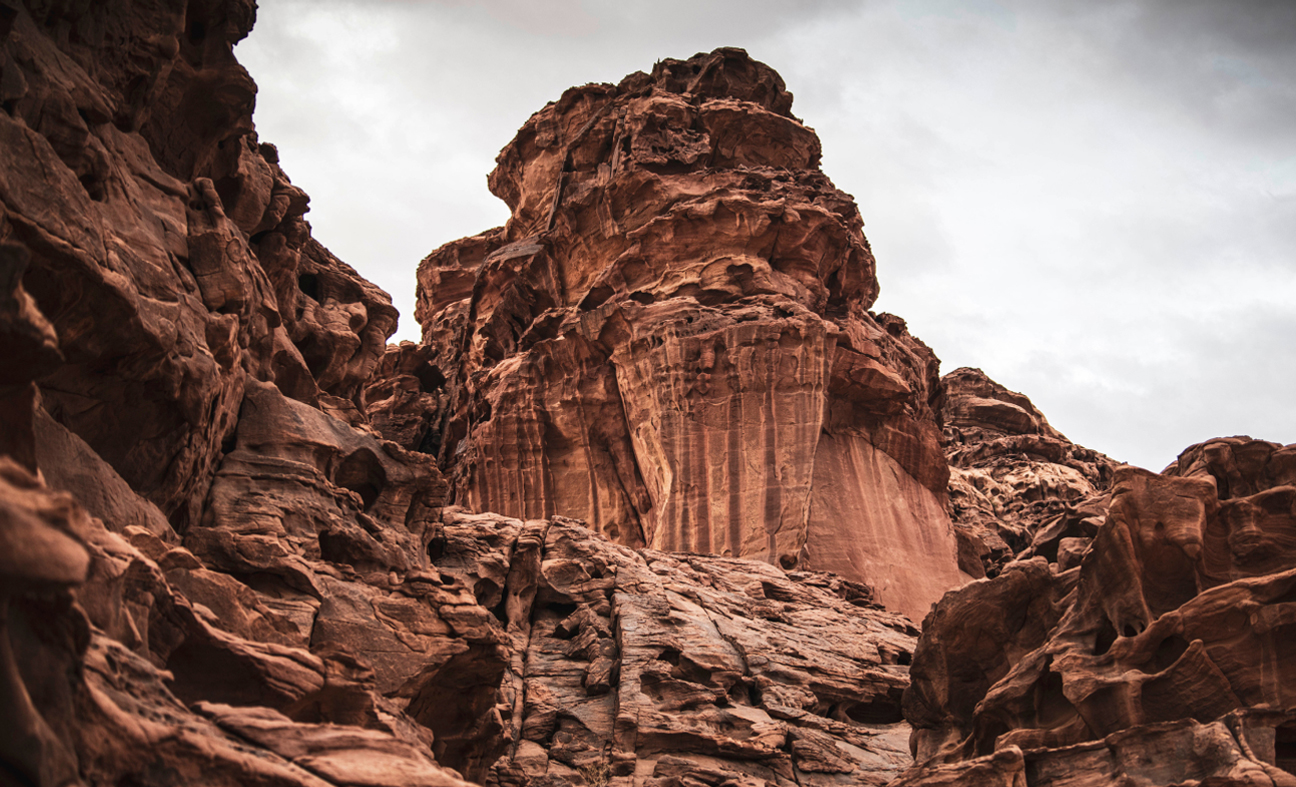
neom
Extreme E selected NEOM to highlight the importance of incorporating nature into society. Located in northwest Saudi Arabia with breathtakingly diverse terrain, NEOM is home to long beaches, valleys and deserts which are cradled by mountains up to 2,500m high. This unique geographical location also enjoys a temperate climate. More than 450km of coastline with beaches and coral reefs bring cool winds from the Red Sea which create desirable temperatures for future residents.
-
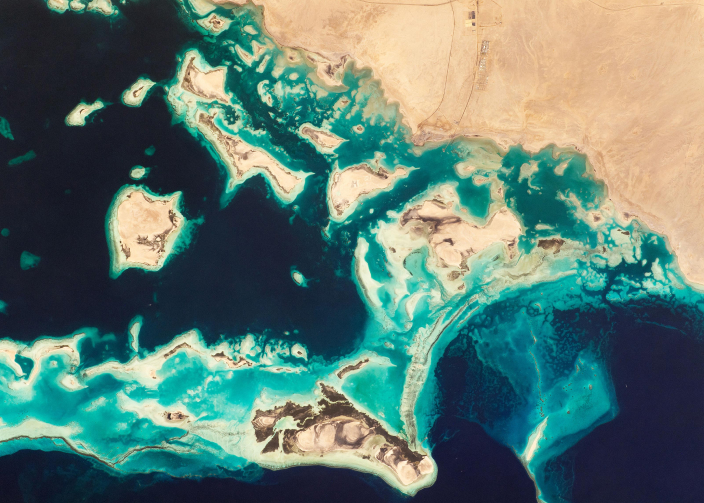
The Problem
Rapid ocean warming due to climate change poses a serious risk to the survival of coral reefs. It is estimated that 70-90 percent of all reefs will be severely degraded by the middle of the century, even if the 1.5 degree-Celsius target set by the Paris Climate Agreement is met.
However, one coral reef ecosystem seems to be more resilient to rising sea temperatures than others. The Red Sea’s reef has an unusually high tolerance for the rapidly warming waters in the region.
Resilient ecosystems are characterized as adaptable, flexible, and able to deal with change and uncertainty without switching to alternate stable states. For example, a resilient coral reef system can absorb threats without switching to an algae-dominated state. The Red Sea’s reef ecosystem withstands temperature anomalies that cause severe bleaching in corals elsewhere by employing biological mechanisms that will prove important for coral survival as the planet’s oceans continue to warm.
-
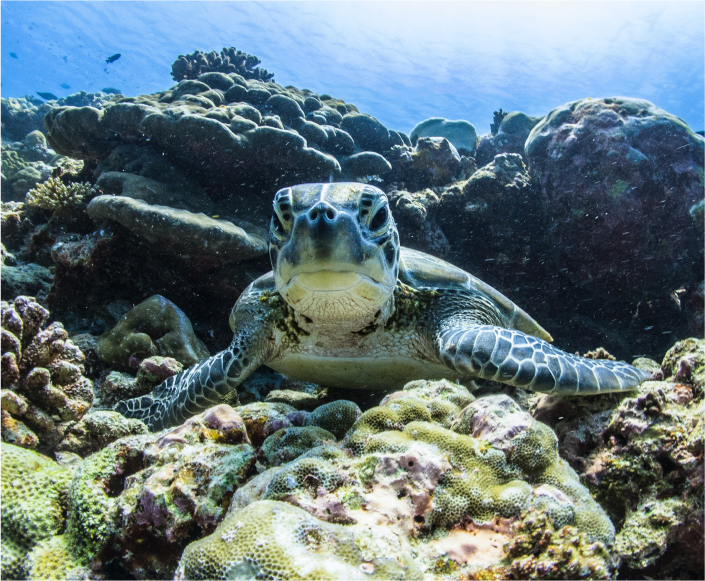
Extreme e legacy
In its inaugural season in 2021, Extreme E collaborated with the Ba’a Foundation, an organisation that focuses on preserving endangered species, natural habitats and historical sites, to support turtle conservation along the Red Sea coastline. Extreme E continues to support the protection of the endangered green turtle and the critically endangered hawksbill turtle, which are under threat for a variety of reasons including:
- Entanglement in fishing gear.
- Illegal trade of eggs, which are considered a delicacy in some countries, and turtle shells.
- Coastal development including building on nesting beaches.
- Plastic debris.
The 2022 season will see an additional legacy programme centred around the coral reef ecosystem in the Red Sea. Extreme E, alongside its independent Scientific Committee, will look to research and educate around the subject of the resilient Red Sea coral reef, passing on valuable lessons towards the preservation of reef ecosystems around the world.
ISLAND X PRIX I
X PRIX results
CHAMPIONSHIP STANDINGS
| POSITION / TEAM | DRIVERS / NATIONALITY | POINTS | ||
| {{result.position}} |
|
|
|
{{result.points}} |
-
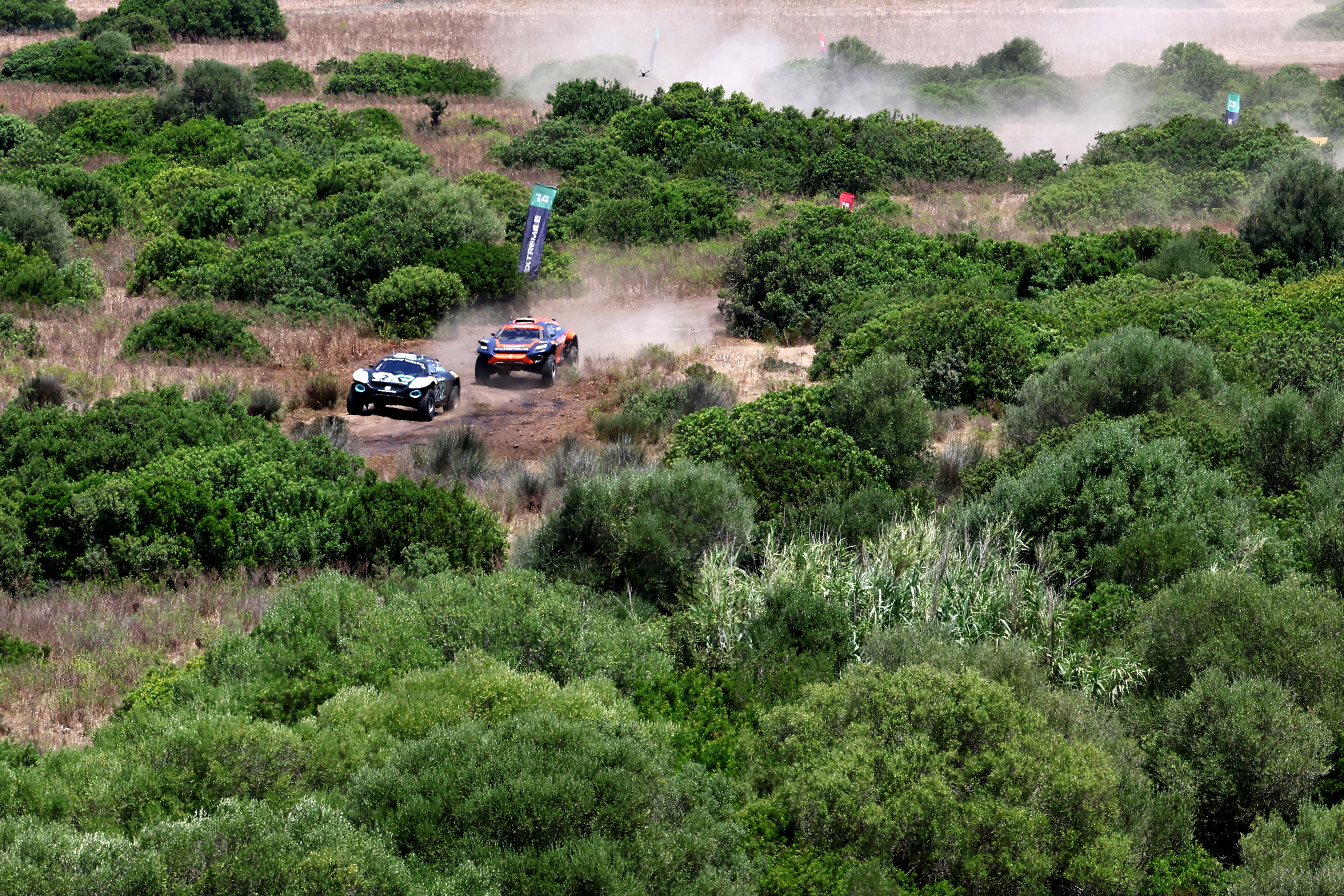
Field notes
The series was built around the ethos of racing electric vehicles in remote environments in an effort to raise awareness for climate change issues and showcase the performance and benefits of low carbon vehicles.
However, this crisis is not a problem which only affects remote locations. It is becoming increasingly noticeable in all environments including Sardinia which are suffering from rising temperatures, heatwaves and wildfires.
-
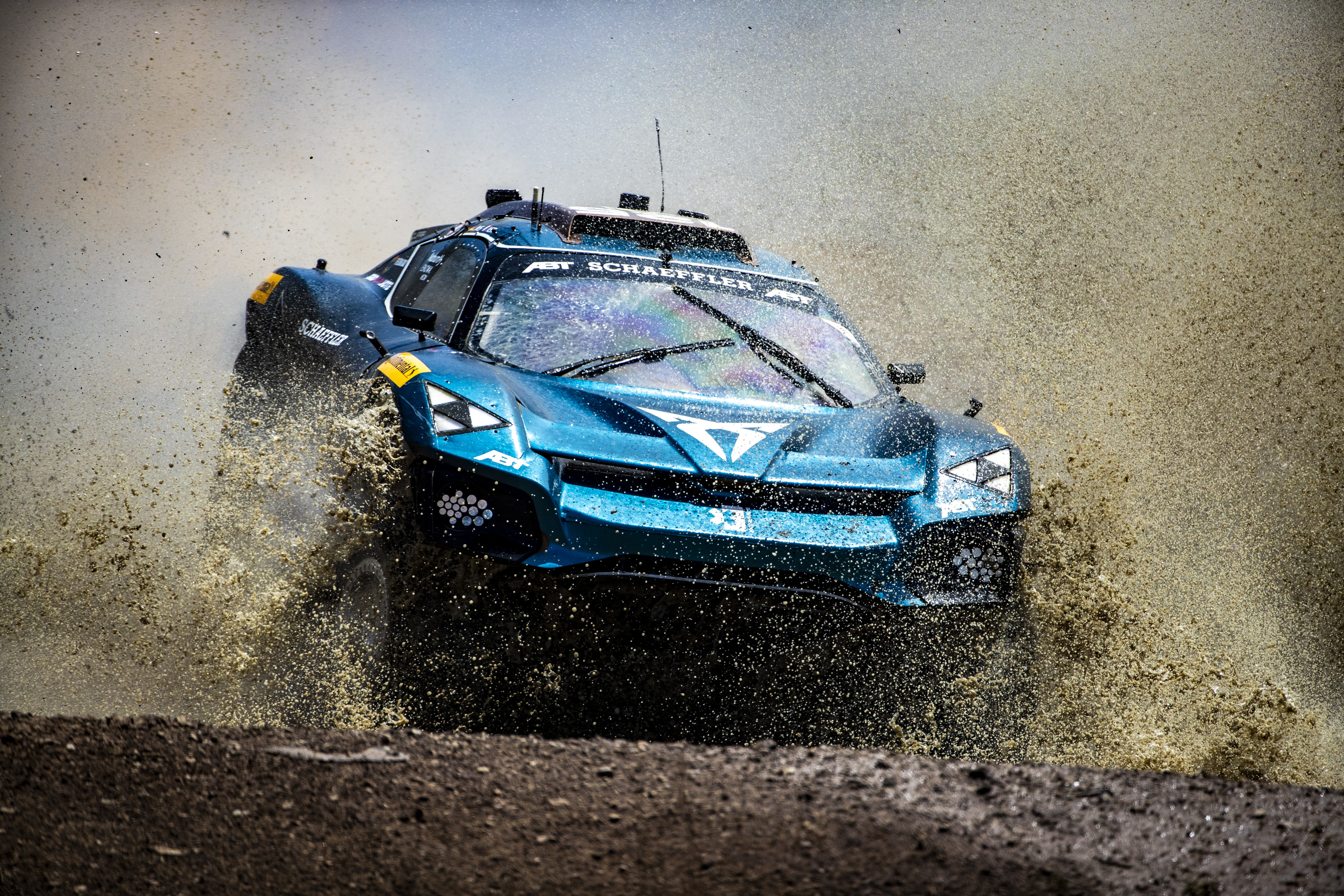
racing conditions
The event will be returning to the season 1 location of the Army Training area at Capo Teulad in Sulcis-Iglesiente, an historic area situated in the south-west of the island.
The Teulada route provides a blank canvas for the course which will measure around seven kilometres, a completely contrasting landscape to the previous round, providing a harder compact surface with many rocks and bushes plus riverbeds that crack due to the heat.
-
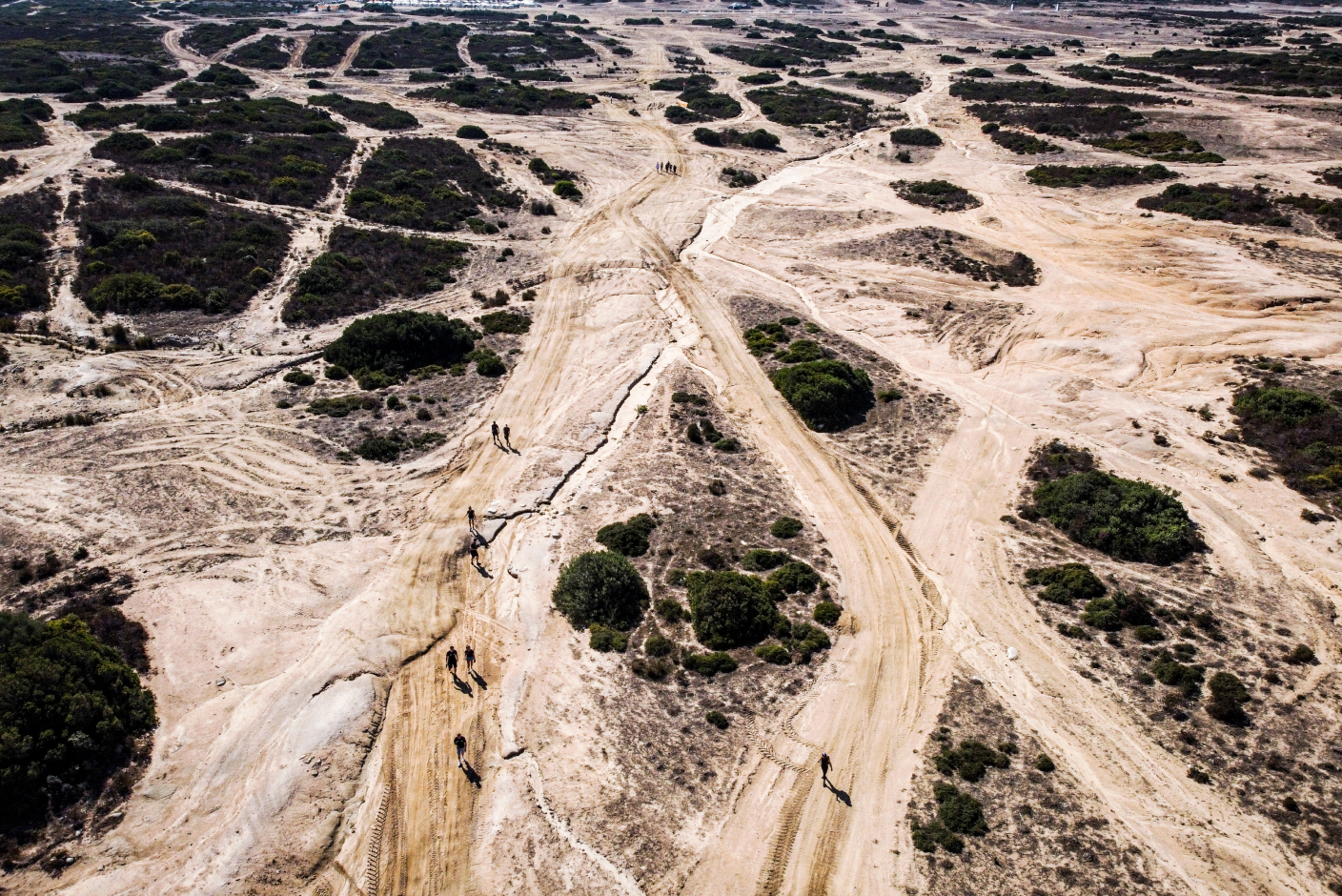
obstacles
The terrain will be much dryer due to the hot Summer conditions in July, meaning drivers have many more natural obstacles to navigate. The aim is to provide a myriad of racing lines allowing for overtaking as well as fast flowing areas and tight corners. The course walk in the days leading up to the race will prove essential for drivers to do their homework before stepping into the cockpit of the all-electric ODYSSEY 21.
Extreme E is working closely with Automobile Club d’Italia - the national sports federation co-organising and coordinating the event - the Region of Sardinia, and its Tourism Department plus the Ministry of Defense and the Italian Army.
-
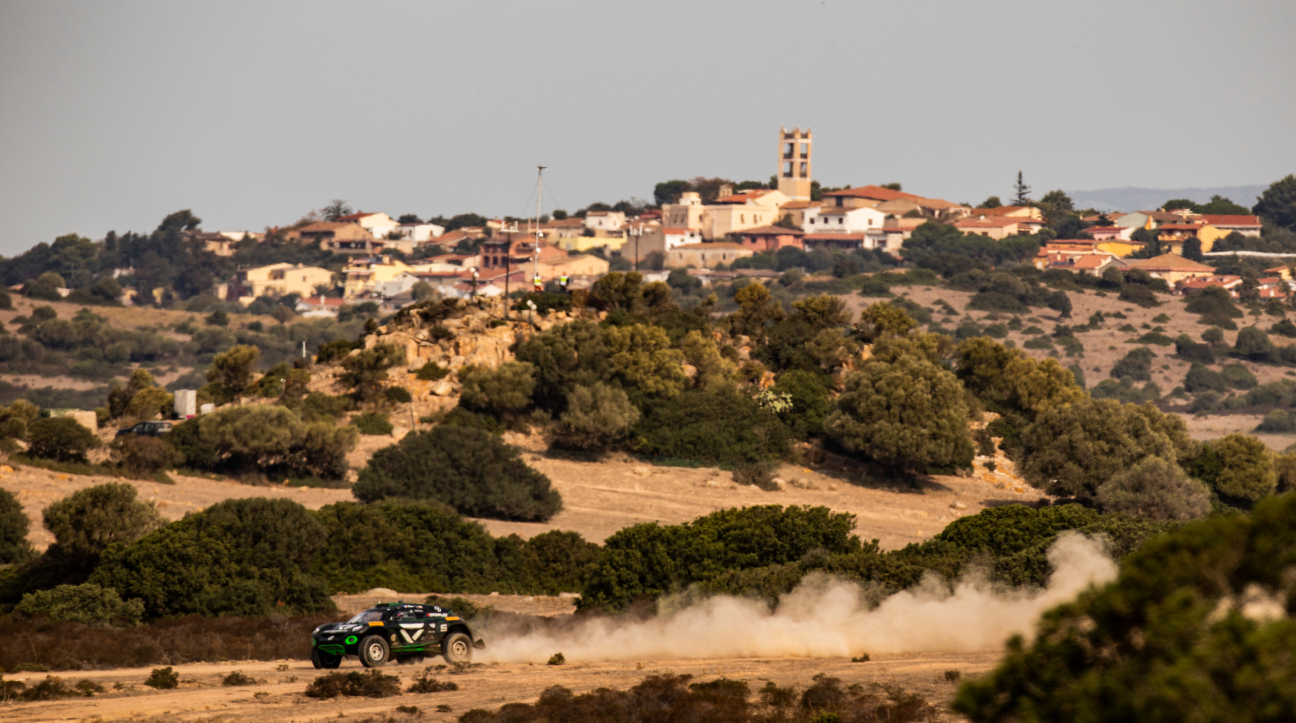
SARDINIA
The Legacy Programme in Sardinia focuses on both blue and green carbon stores. During July 2021 there were 13,000 more wildfires in Italy than has ever been recorded before. The resulting calamity has resulted in incalculable damage to thousands of people’s livelihoods, as well as to nature. The devastating fires destroyed vast swathes of pastures, agricultural land, and killed huge numbers of animals, including 30 million bees. It is estimated that it will take at least 15 years to rebuild the 20,000 hectares of land impacted. The Smithsonian Institute estimates that just a hectare of seagrass can produce 100,000 litres of oxygen a day. However, seagrasses are thought to be one of the most rapidly declining ecosystems in the world. It is estimated that 29 per cent of global seagrass has been lost and, if trends continue, another 20-30 per cent could be lost in the next 100 years.
-
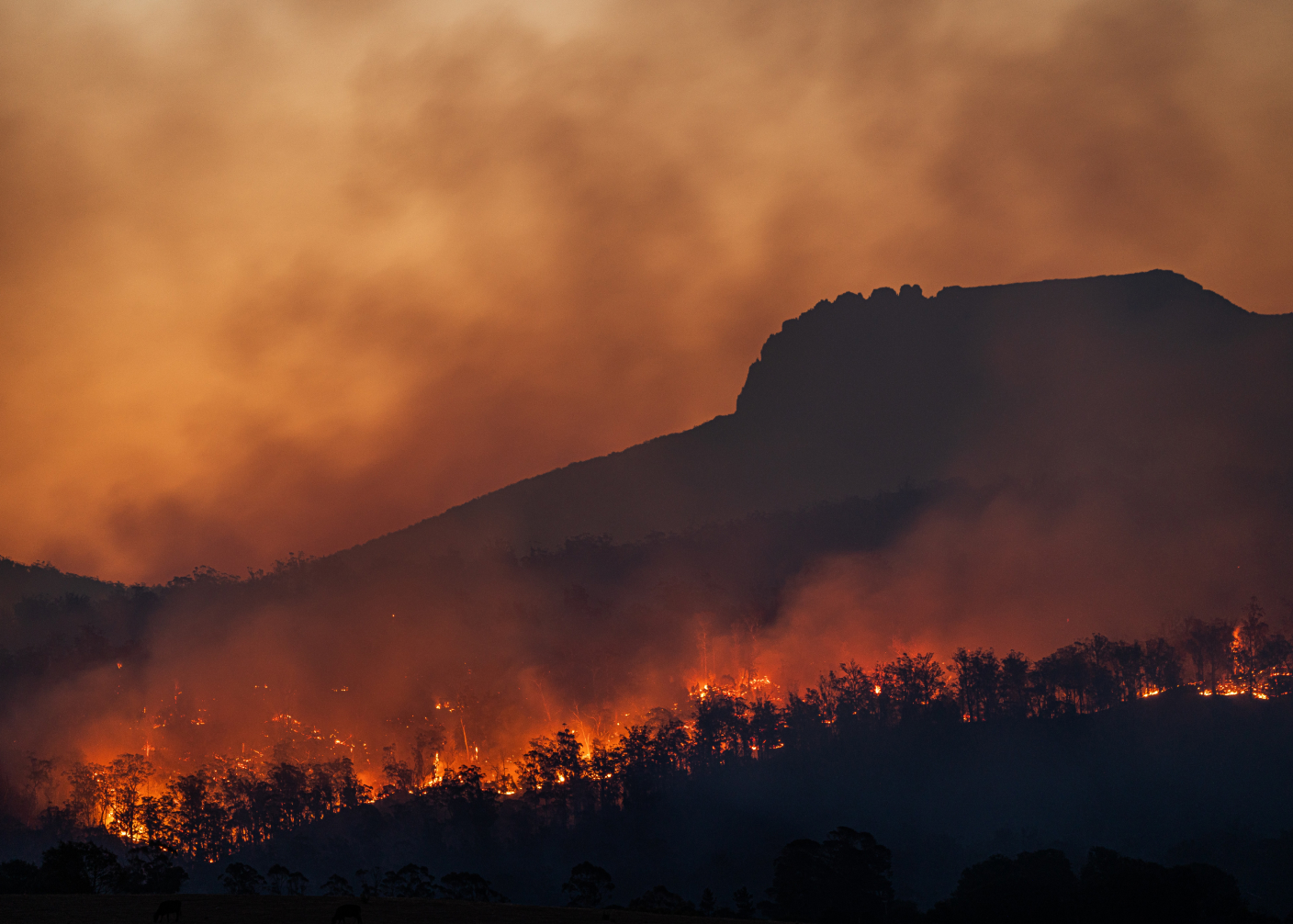
The Problem
Extreme E will be focusing on how future damage can be reduced as well as how past destruction can be restored during the Island X Prix.
Firstly, the series will look to highlight the rapid warming of the planet, which has an impact on so many countries and has caused many parts of Europe, America and Australia to experience wildfires. In Sardinia, Extreme E will work with local NGOs to support the forest restoration efforts in the Oristanese area and beyond that fell victim to extensive damage, therefore enhancing green carbon stores.
Secondly, the focus will be put on seagrasses, specifically the Posidonia oceanics seagrass meadows - an ecosystem known as the rainforest of the oceans, and an environment that sequesters even more carbon dioxide than its terrestrial comparison and is equally threatened, making it a huge blue carbon store.
-
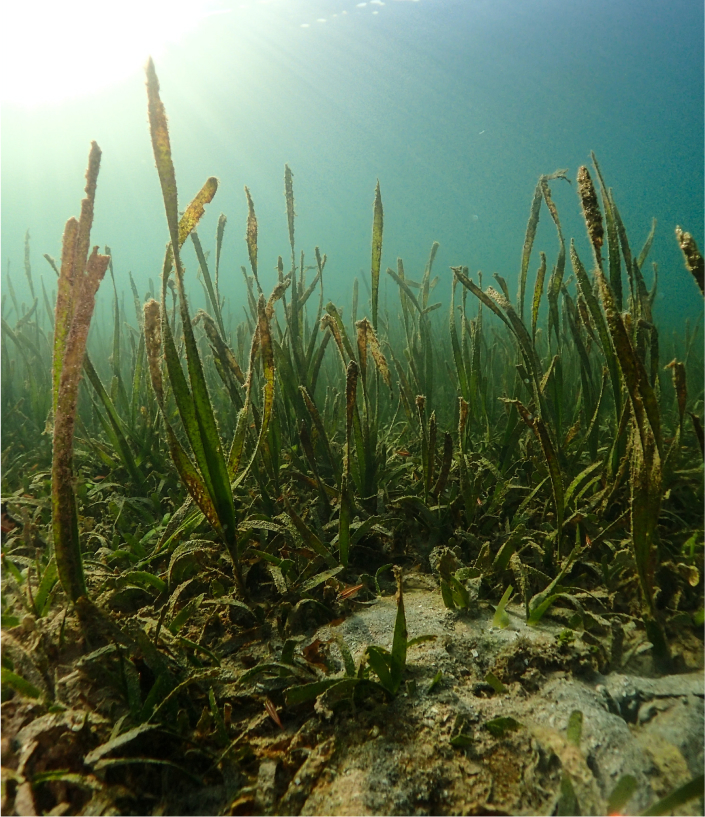
Extreme e legacy
In Season Two, Extreme E are heading back to the Sardinian coast for a second season to revisit our green and blue carbon projects of 2021. Working once again alongside the MEDSEA Foundation (Mediterranean Sea and Coast Foundation) to support two significant projects.
Green Carbon
The first project explores Green Carbon, we will be returning to Sennariolo to visit the communities impacted by the devastating wildfires in 2021. Last year the fires blazed through 20,000 hectares of land, displaced over 1,000 people and killed around 30 million bees. Extreme E continues to help restore the historic olive groves lost to the wildfires in these areas and run a Fire Prevention Campaign within the local communities on forest fire prevention. We will be revisiting to see the results of the tree planting one year on.
Blue Carbon
The second project supports the conservation of Posidonia oceanica (seagrass), mitigating the detrimental effects of Blue Carbon in Mediterranean waters. Posidonia oceanica, which is instrumental in sequestering harmful ‘Blue Carbon’, is also under threat.
Seagrass is thought to be one of the most rapidly declining ecosystems in the world. Extreme E will continue their collaboration with the MEDSEA Foundation, helping to analyse and replant seagrass along the degraded Sardinian coastline. Despite only occupying 0.2% of the ocean floor, seagrass stores 10% of the oceans carbon and can capture 30% more from the atmosphere than its tropical rainforest equivalent. Preserving seagrass ecosystems is a vital step in combating the climate crisis.
Last year Extreme E’s own scientists, in partnership with ENEL, worked with MEDSEA to reconnect and replenish the seagrass beds of Posidonia oceanica in the waters of the Marine Protected Areas around Sardinia. We continue to work with MEDSEA to continue this work for a second season.
ISLAND X PRIX II
X PRIX results
CHAMPIONSHIP STANDINGS
| POSITION / TEAM | DRIVERS / NATIONALITY | POINTS | ||
| {{result.position}} |
|
|
|
{{result.points}} |
-

Field notes
The series was built around the ethos of racing electric vehicles in remote environments in an effort to raise awareness for climate change issues and showcase the performance and benefits of low carbon vehicles.
However, this crisis is not a problem which only affects remote locations. It is becoming increasingly noticeable in all environments including Sardinia which are suffering from rising temperatures, heatwaves and wildfires.
-

racing conditions
The event will be returning to the season 1 location of the Army Training area at Capo Teulad in Sulcis-Iglesiente, an historic area situated in the south-west of the island.
The Teulada route provides a blank canvas for the course which will measure around seven kilometres, a completely contrasting landscape to the previous round, providing a harder compact surface with many rocks and bushes plus riverbeds that crack due to the heat.
-

obstacles
The terrain will be much dryer due to the hot Summer conditions in July, meaning drivers have many more natural obstacles to navigate. The aim is to provide a myriad of racing lines allowing for overtaking as well as fast flowing areas and tight corners. The course walk in the days leading up to the race will prove essential for drivers to do their homework before stepping into the cockpit of the all-electric ODYSSEY 21.
Extreme E is working closely with Automobile Club d’Italia - the national sports federation co-organising and coordinating the event - the Region of Sardinia, and its Tourism Department plus the Ministry of Defense and the Italian Army.
-

SARDINIA
The Legacy Programme in Sardinia focuses on both blue and green carbon stores. During July 2021 there were 13,000 more wildfires in Italy than has ever been recorded before. The resulting calamity has resulted in incalculable damage to thousands of people’s livelihoods, as well as to nature. The devastating fires destroyed vast swathes of pastures, agricultural land, and killed huge numbers of animals, including 30 million bees. It is estimated that it will take at least 15 years to rebuild the 20,000 hectares of land impacted. The Smithsonian Institute estimates that just a hectare of seagrass can produce 100,000 litres of oxygen a day. However, seagrasses are thought to be one of the most rapidly declining ecosystems in the world. It is estimated that 29 per cent of global seagrass has been lost and, if trends continue, another 20-30 per cent could be lost in the next 100 years.
-

The Problem
Extreme E will be focusing on how future damage can be reduced as well as how past destruction can be restored during the Island X Prix.
Firstly, the series will look to highlight the rapid warming of the planet, which has an impact on so many countries and has caused many parts of Europe, America and Australia to experience wildfires. In Sardinia, Extreme E will work with local NGOs to support the forest restoration efforts in the Oristanese area and beyond that fell victim to extensive damage, therefore enhancing green carbon stores.
Secondly, the focus will be put on seagrasses, specifically the Posidonia oceanics seagrass meadows - an ecosystem known as the rainforest of the oceans, and an environment that sequesters even more carbon dioxide than its terrestrial comparison and is equally threatened, making it a huge blue carbon store.
-

Extreme e legacy
In Season Two, Extreme E are heading back to the Sardinian coast for a second season to revisit our green and blue carbon projects of 2021. Working once again alongside the MEDSEA Foundation (Mediterranean Sea and Coast Foundation) to support two significant projects.
Green Carbon
The first project explores Green Carbon, we will be returning to Sennariolo to visit the communities impacted by the devastating wildfires in 2021. Last year the fires blazed through 20,000 hectares of land, displaced over 1,000 people and killed around 30 million bees. Extreme E continues to help restore the historic olive groves lost to the wildfires in these areas and run a Fire Prevention Campaign within the local communities on forest fire prevention. We will be revisiting to see the results of the tree planting one year on.
Blue Carbon
The second project supports the conservation of Posidonia oceanica (seagrass), mitigating the detrimental effects of Blue Carbon in Mediterranean waters. Posidonia oceanica, which is instrumental in sequestering harmful ‘Blue Carbon’, is also under threat.
Seagrass is thought to be one of the most rapidly declining ecosystems in the world. Extreme E will continue their collaboration with the MEDSEA Foundation, helping to analyse and replant seagrass along the degraded Sardinian coastline. Despite only occupying 0.2% of the ocean floor, seagrass stores 10% of the oceans carbon and can capture 30% more from the atmosphere than its tropical rainforest equivalent. Preserving seagrass ecosystems is a vital step in combating the climate crisis.
Last year Extreme E’s own scientists, in partnership with ENEL, worked with MEDSEA to reconnect and replenish the seagrass beds of Posidonia oceanica in the waters of the Marine Protected Areas around Sardinia. We continue to work with MEDSEA to continue this work for a second season.
COPPER X PRIX
X PRIX results
CHAMPIONSHIP STANDINGS
| POSITION / TEAM | DRIVERS / NATIONALITY | POINTS | ||
| {{result.position}} |
|
|
|
{{result.points}} |
-
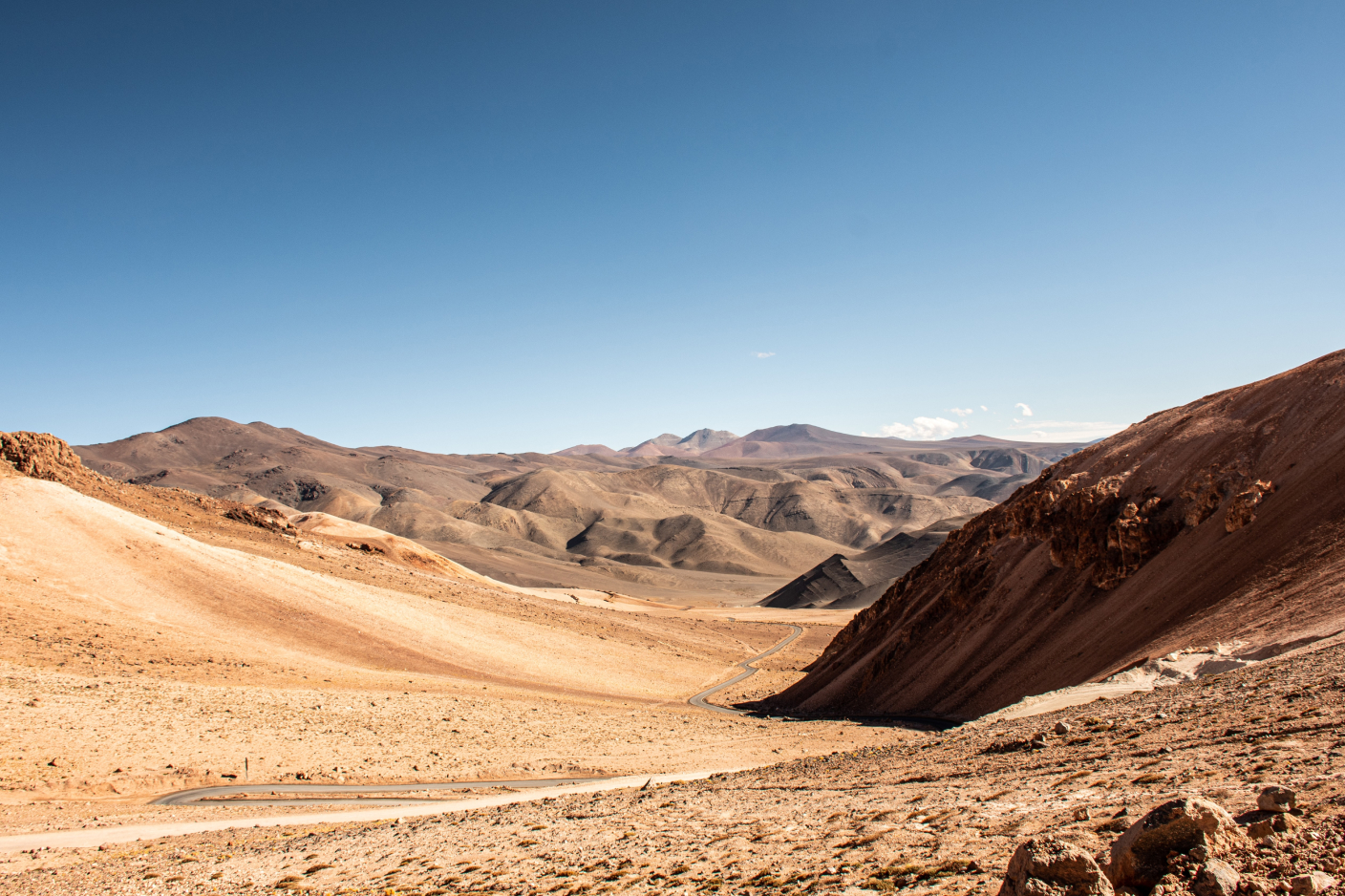
Extreme E heads to its first South American X event debuting in Antofagasta, Chile, for the Antofagasta Minerals Copper X Prix. The Championship is already familiar with South America thanks to its extensive Legacy Programme in the Amazon, however the visit to Chile will mark the sport for purpose series’ first race on the continent.
-
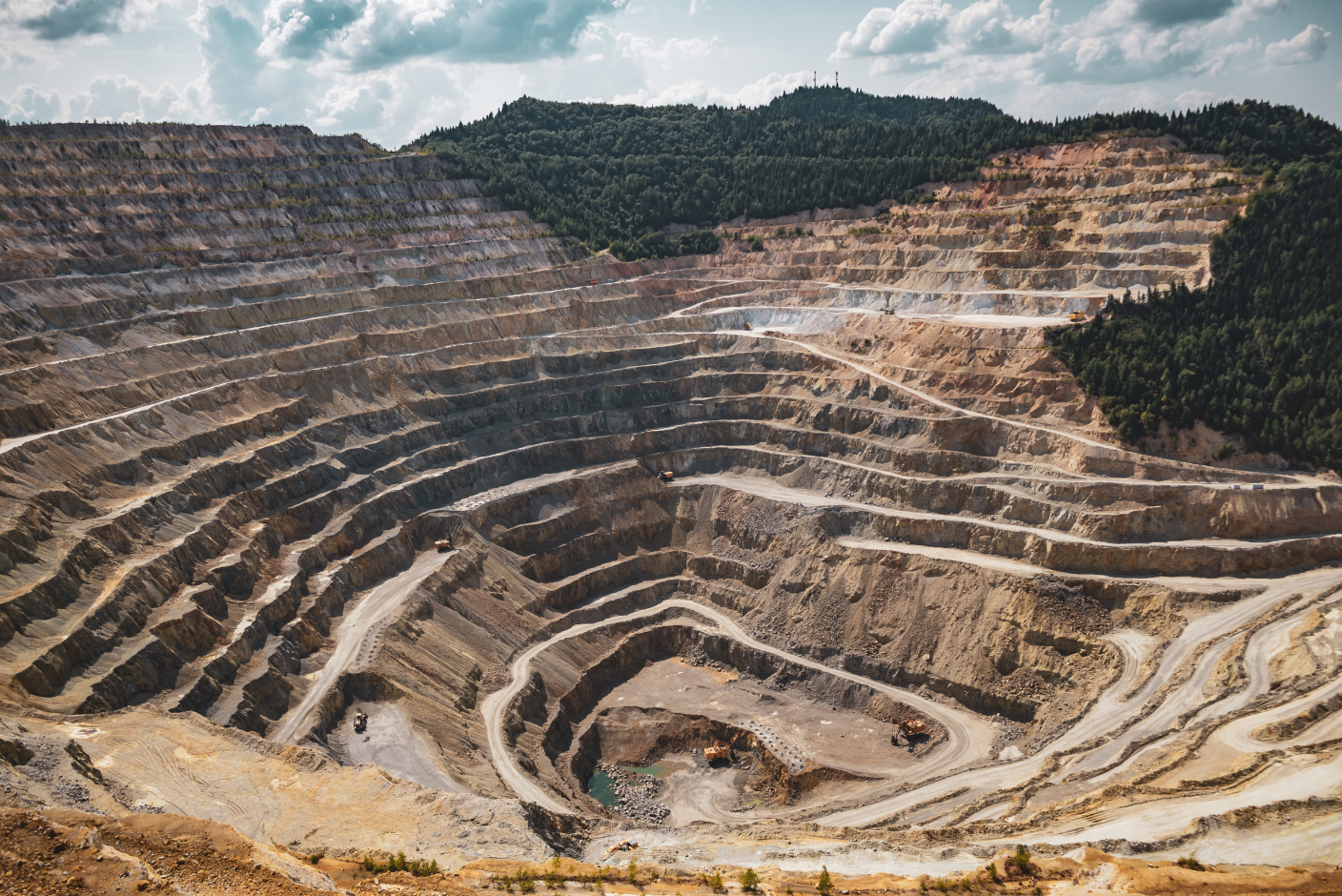
Local environment
Situated north of the capital, Santiago, the city of Antofagasta is closely linked with mining activity. Since the mid-19th Century, copper mining has dominated the focus of the area, but more recently has shifted towards one of innovative and sustainable mining.
With the course set in Calama, a small mining city in the Atacama desert of Antofagasta and situated on the Loa River in an extremely arid region, the close links of mining are due to having three of the largest Copper mines in the world within 50km of the town.
As the Atacama desert is the driest place on earth there is little in the way of biodiversity, therefore, it is vital to preserve the important biodiversity that there is.
More than half of the country’s plants and animals are endemic to Chile (found nowhere else on earth). Of Chile’s 5,100 species of flora and fauna (animals), more than 2,500 are endemic.
-
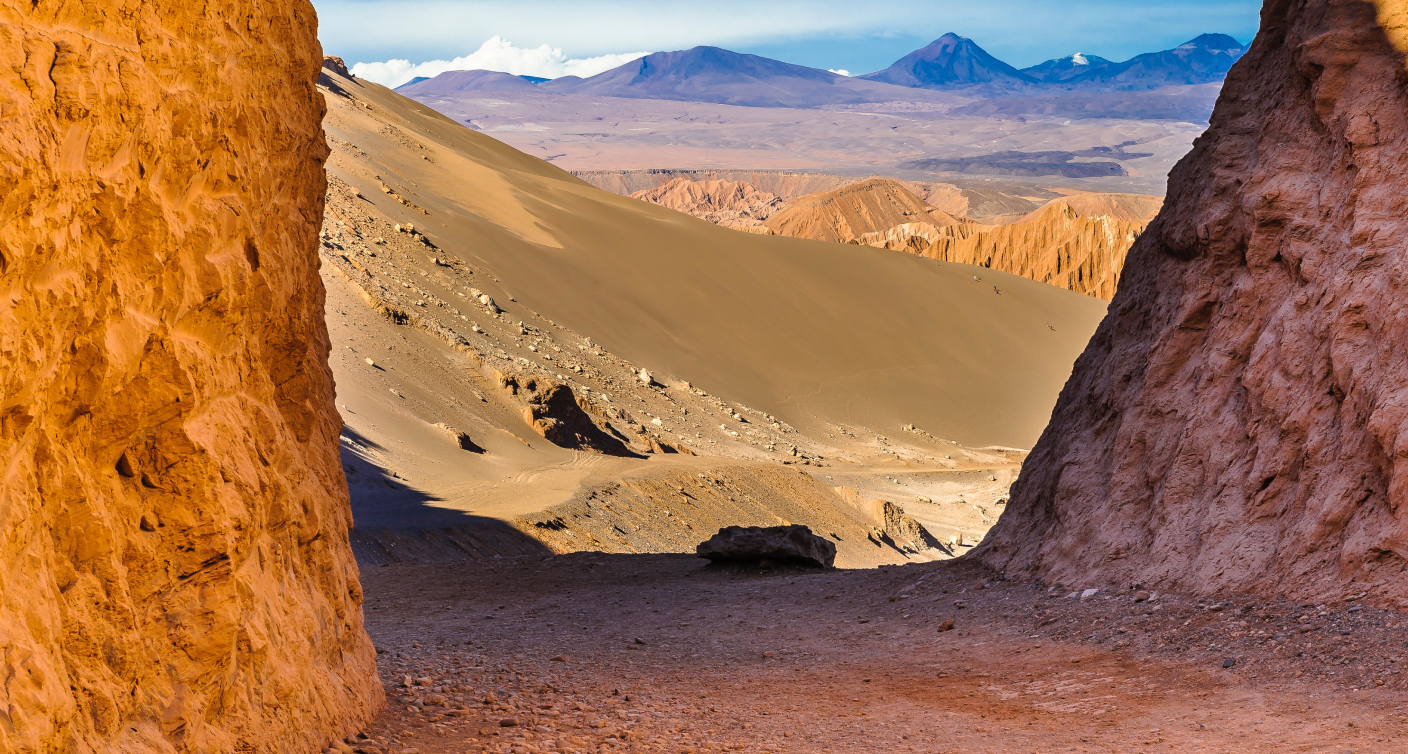
Racing conditions
The new location provides a blank canvas for the course, with the layout including fast open corners, tight turns and straights. There will be lots of elevation changes, jumps and step downs, too. The terrain of the area is soft earth covered in broken rocks of assorted sizes with the course consisting of sand and smaller sized rocky terrain.
With a higher altitude, the course walk in the days leading up to the race will prove essential for drivers to do their homework before stepping into the cockpit of the all-electric ODYSSEY 21.
-
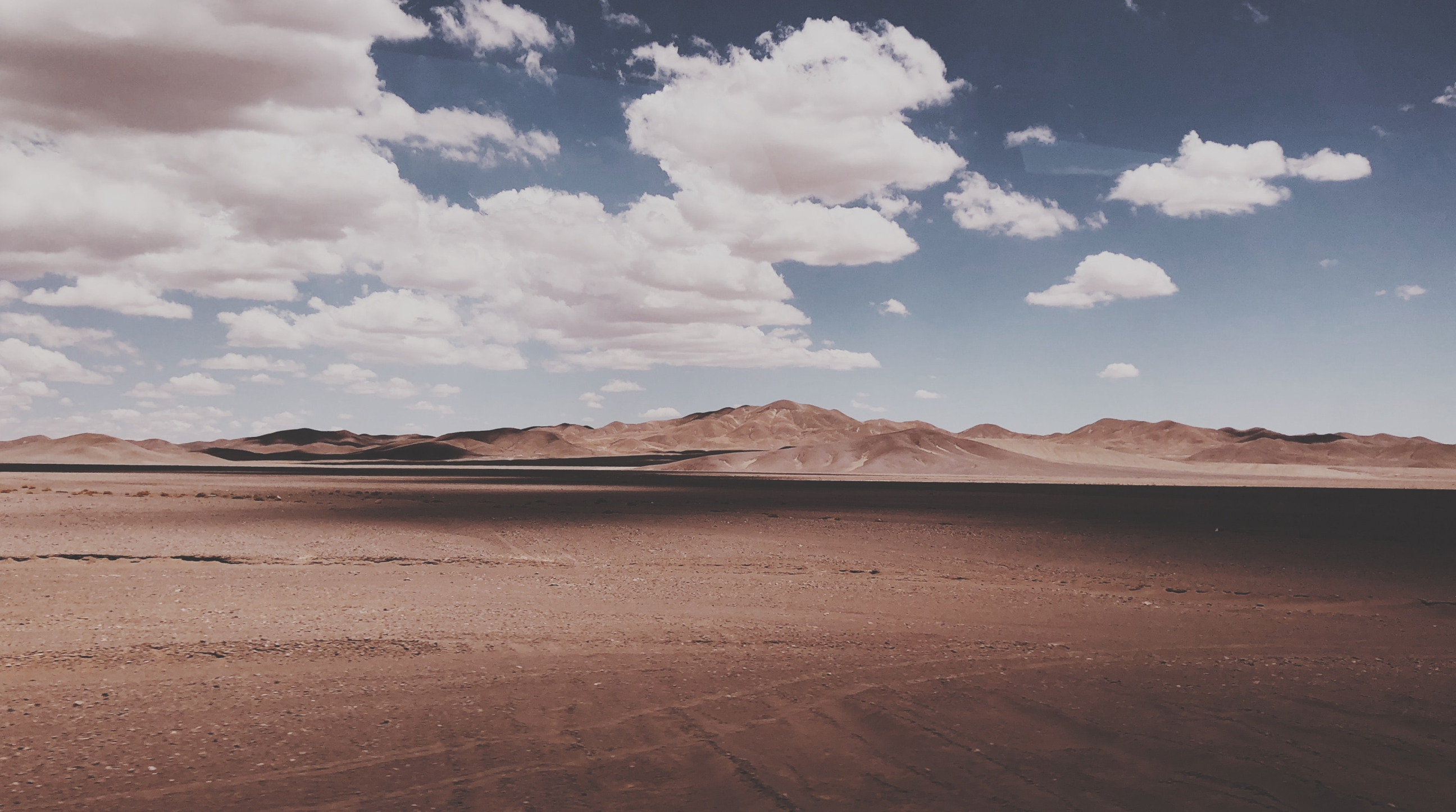
ANTOFAGASTA
The Antofagasta Minerals Copper X Prix will be taking place in Calama, south of the Centinela Mine which is one of the largest mines in the world. In line with the purpose of developing mining for a better future, Antofagasta Minerals are taking decisive steps to manage and mitigate the effects of climate change on the business and areas of influence.
-
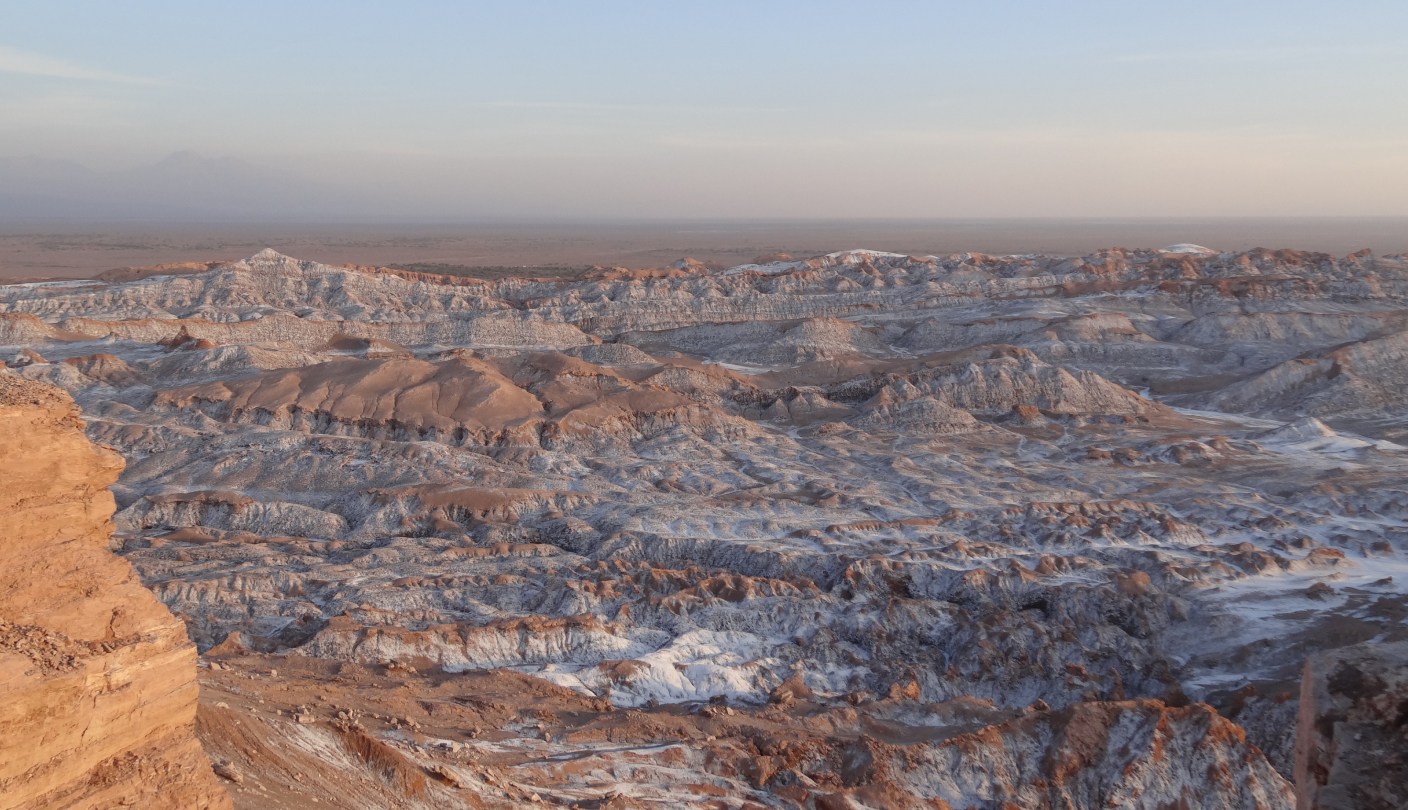
The Problem
The Loa water frog is a critically endangered aquatic frog endemic to a small stream in Calama. Following the destruction of its habitat prior to 2019 through mining, agriculture and real estate developments, 14 remaining frogs were rescued and taken into captivity to avoid the species’ extinction. Because they have permeable skin, frogs are very sensitive to pollutants. Moreover, as they can live on both land and in the water, the Loa water frog is a good indicator of the health of these two different environments.
-
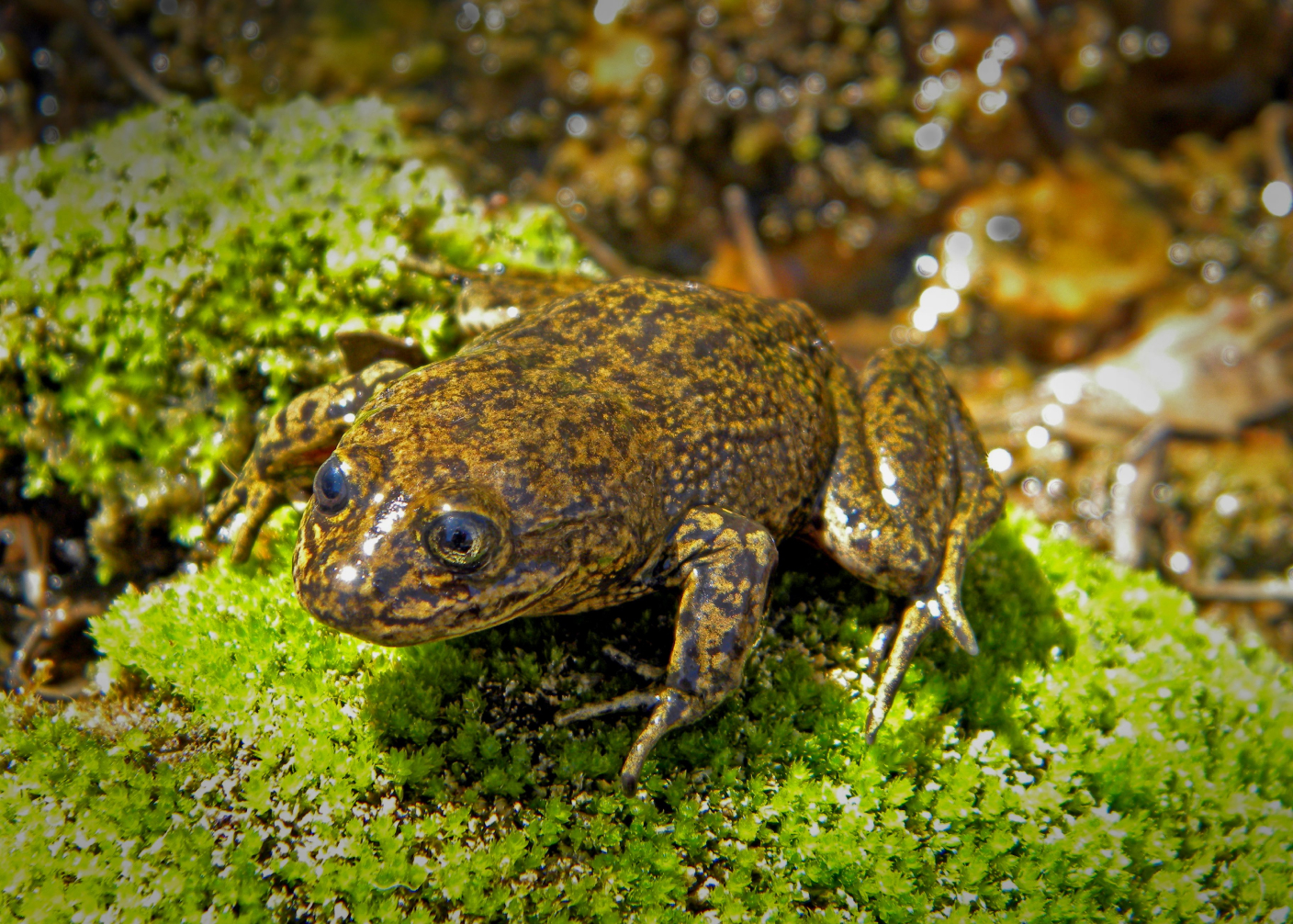
Extreme e legacy
Extreme E will work alongside the Museum of Natural and Cultural History of the Atacama Desert and focus on biodiversity, specifically on the protection and reintroduction of the Loa Water frog near Ojo de Apache - within 10km from Calama. Antofagasta Minerals, the Copper X Prix’s title partner, also joins the initiative through Minera Centinela, matching the contribution to be made to the Museum, with the aim of amplifying its impact as part of the triple alliance for the conservation and reintroduction of this species.
The Loa water frog is a critically endangered aquatic frog, endemic to the Loa River in Calama, and vital to the upkeep of ecosystems in the area. A decline in this already delicate system of biodiversity would result in food-web breakdown and the loss of important ecosystem services. The Loa water frogs play important ecological roles including natural pest control and contributing to the food chains. Their disappearance could cause systemic impacts, in both aquatic and terrestrial environments.
In 2019, a desiccation alert warned one of the last habitats where this amphibian species dwelled was drying up. This triggered a rescue operation, by which a group of scientists scouted whatever superficial waters remained and only found 74 Loa frogs - all of them in poor condition, underweight and with skin damage.
60 of the rescued frogs were relocated to the Ojo de Opache creek, while only 14 of them became the passengers of a commercial flight that brought them from Calama to Santiago. Their destination was the Chilean National Zoo, where vets and scientists began one of the most incredible recovery feats in Chile's natural history.
Over the past three years, the National Santiago Zoo has been working on a breeding plan and recently made headlines when it announced the birth of 200 frogs. After an adaptation and recovery program, the National Zoo now has 600 specimens of the Loa Frog, a very important step towards saving this species from extinction.
Extreme E will be supporting the habitat preparation and reintroduction of the Loa Frog in Calama over the coming months.Antofagasta Minerals focuses on saving freshwater resources and helping to improve biodiversity in the region, both of which will contribute positively to the project and reintroduction of the Loa water frogs.
They use untreated seawater in its sulphide line and optimises the use of water resources through recirculation systems. At the Los Pelambres operation, a desalinization plant is currently being built, meaning by 2025, 90% of the water Los Pelambres uses will be water from the sea and from recirculation.
The demand for metals to support electrification needs to meet our climate goals and should not be done at the expense of biodiversity. With the Antofagasta Minerals Copper X Prix, Extreme E aims to raise awareness of more sustainable mining methods and highlight the efforts of Antofagasta Minerals in spearheading some of the technical developments conducive to this goal.
ENERGY X PRIX
X PRIX results
CHAMPIONSHIP STANDINGS
| POSITION / TEAM | DRIVERS / NATIONALITY | POINTS | ||
| {{result.position}} |
|
|
|
{{result.points}} |
-
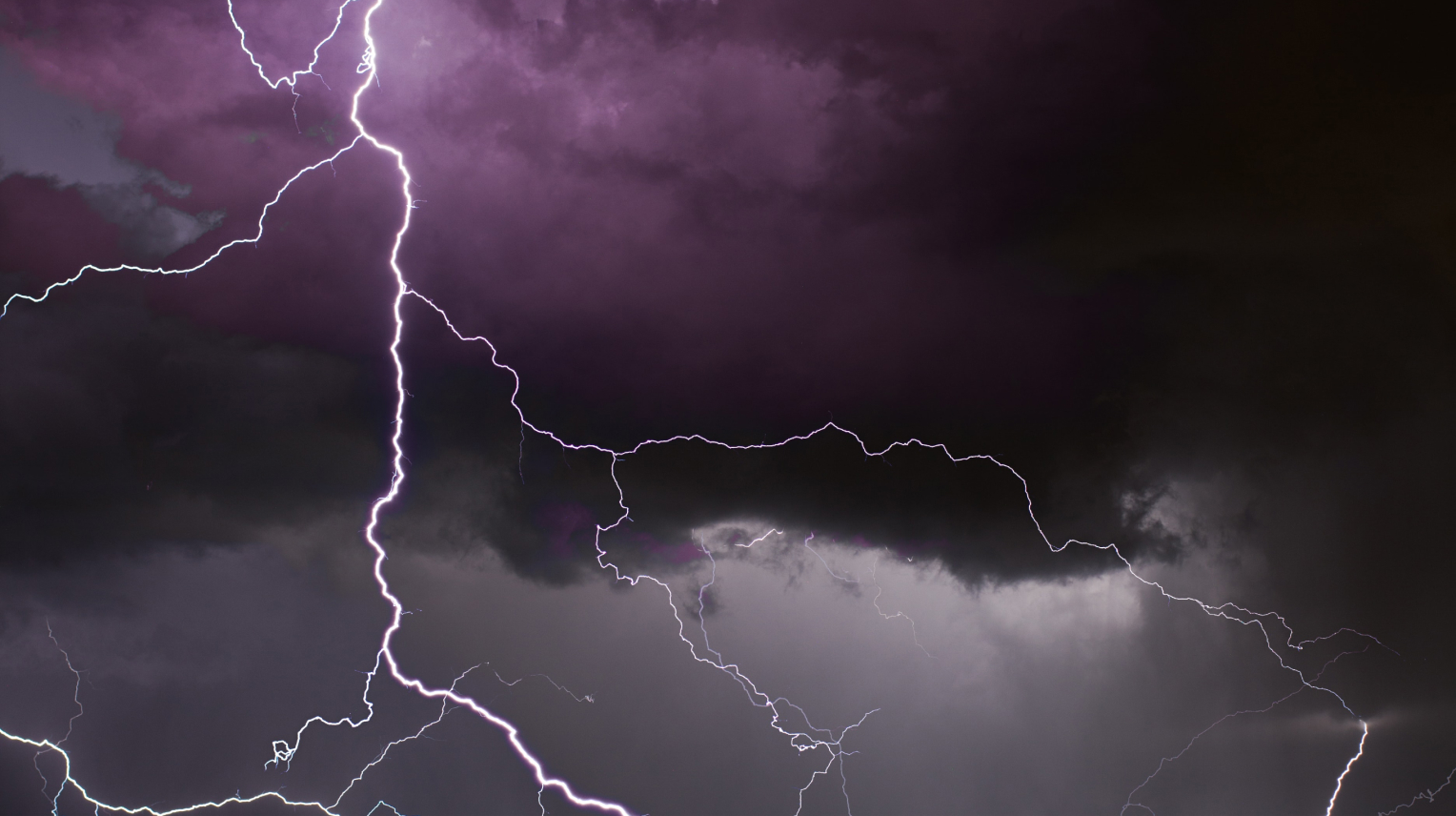
For the Uruguay Naturals Energy X Prix, Extreme E will be partnering up with the country brand to showcase joint commitment towards renewable energy and electrification. Renewable energy production and use is as crucial to the championship as it is to Uruguay. In terms of electricity generation, Uruguay is one of the leading countries in renewable energy production.
-
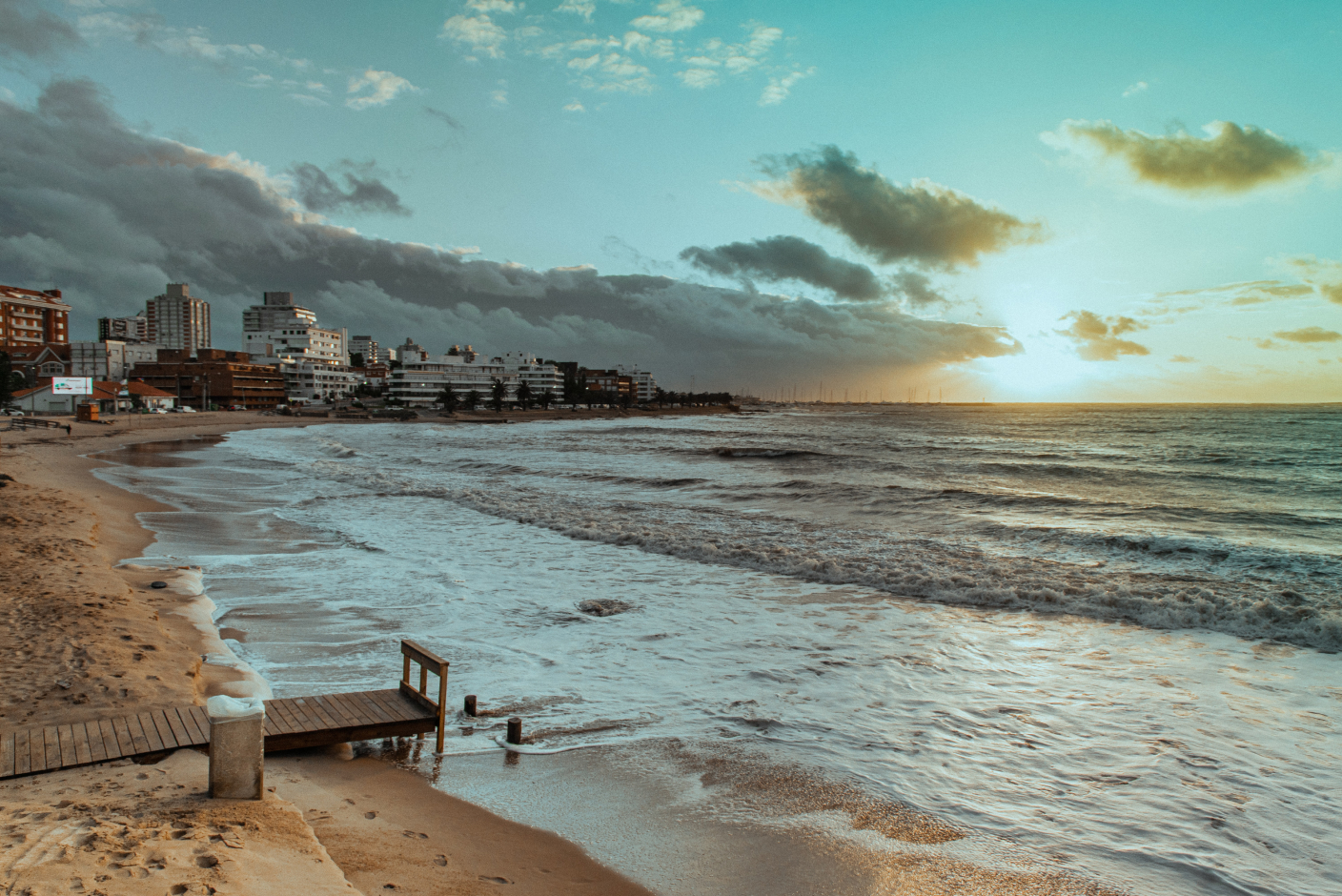
Uruguay Naturals Energy X Prix takes place in Punta del Este, a seaside city on a peninsula by the Atlantic Coast. It is a very rich, diverse and productive ecosystem that supplies goods, services and activities including fishing, tourism, navigation, port development projects.
The Uruguayan coastal zone consists of a strip of land and maritime space of variable width, the coastline on the Rio de la Plata and the Atlantic Ocean is approximately 714km long.
Uruguay is highly vulnerable to climate change and climate variability, given its key sectors and climate dependence for successful agricultural production. Uruguay is vulnerable to a list of climate hazards including droughts, flooding, high temperatures and heatwaves, and storms.
As the second-smallest South American country (after Suriname), consisting of low-lying grassland (three-quarters of the country), ideal for cattle and sheep raising.
-
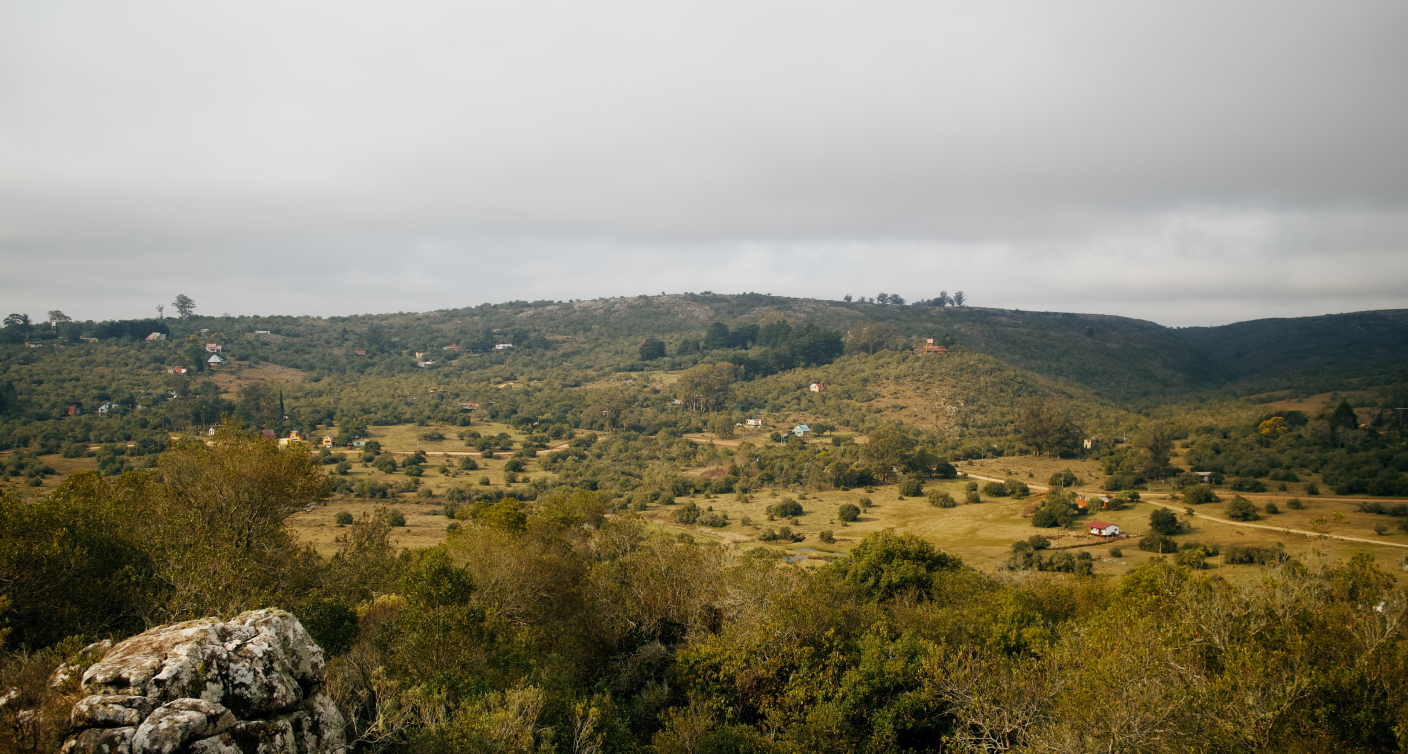
Racing conditions
As the championship returns to South America for a second X Prix in succession, there are four teams who are still in with a shot of claiming title glory in Uruguay - Rosberg X Racing, X44 Vida Carbon Racing, ACCIONA | SAINZ XE Team, and No.99 GMC HUMMER EV Chip Ganassi Racing.
More details are to follow on how the Uruguay Naturals Energy X Prix track conditions will be for the finale showdown.
-
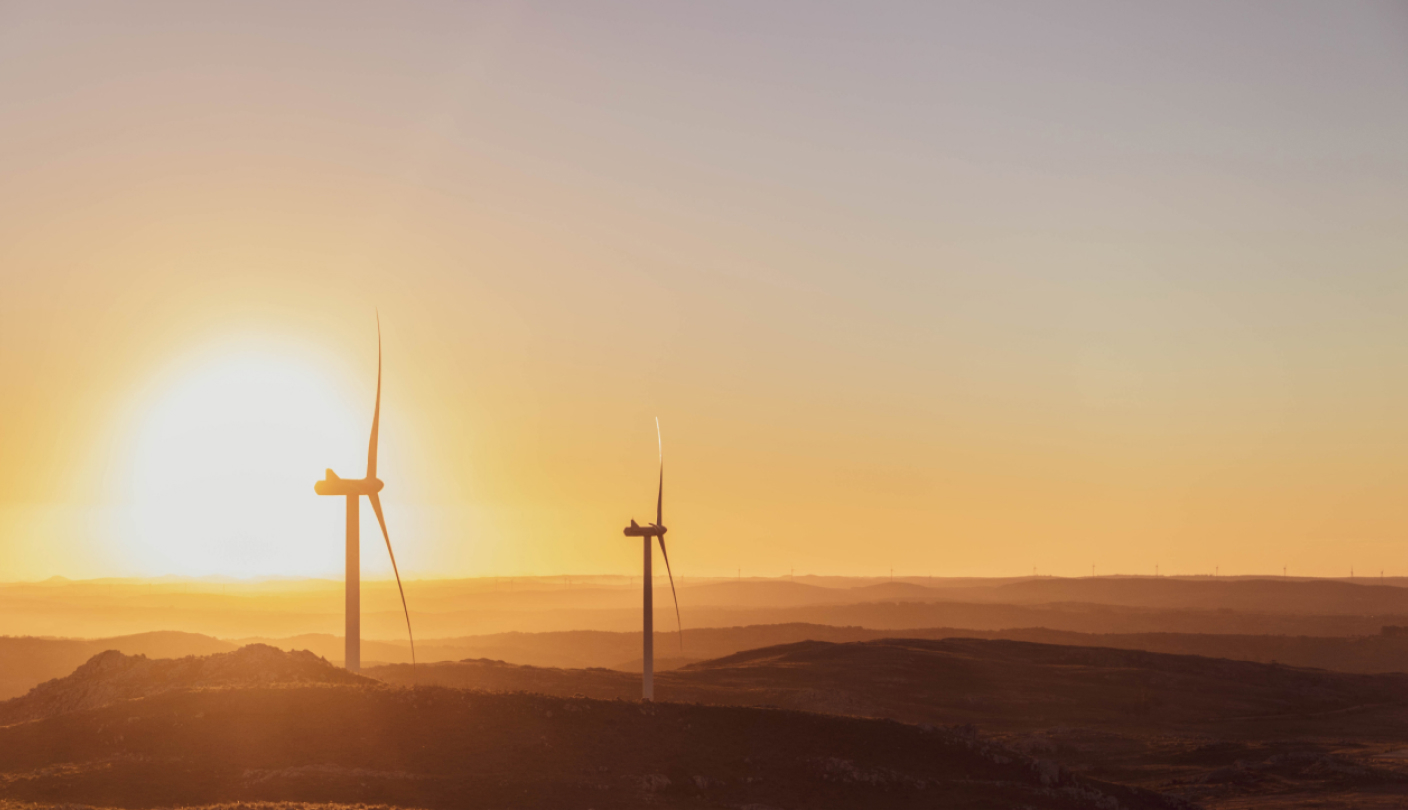
Renewable Energy in Uruguay
In terms of electricity generation, Uruguay is one of the leading countries in renewable energy. The country currently generates over 98 per cent of all electricity from renewable sources, primarily wind and hydropower. Moreover, Uruguay is one of the most electrified countries in the hemisphere, with 99.9% of homes connected to the electric grid.
The championship focuses on promoting the switch to electric vehicles and decarbonising transport which is a main focus of the Uruguayan government as a next step in their renewable journey. Similarly to Uruguay, Extreme E are actively trialing new renewable energy sources onsite to reduce the need for fossil fuels.
-
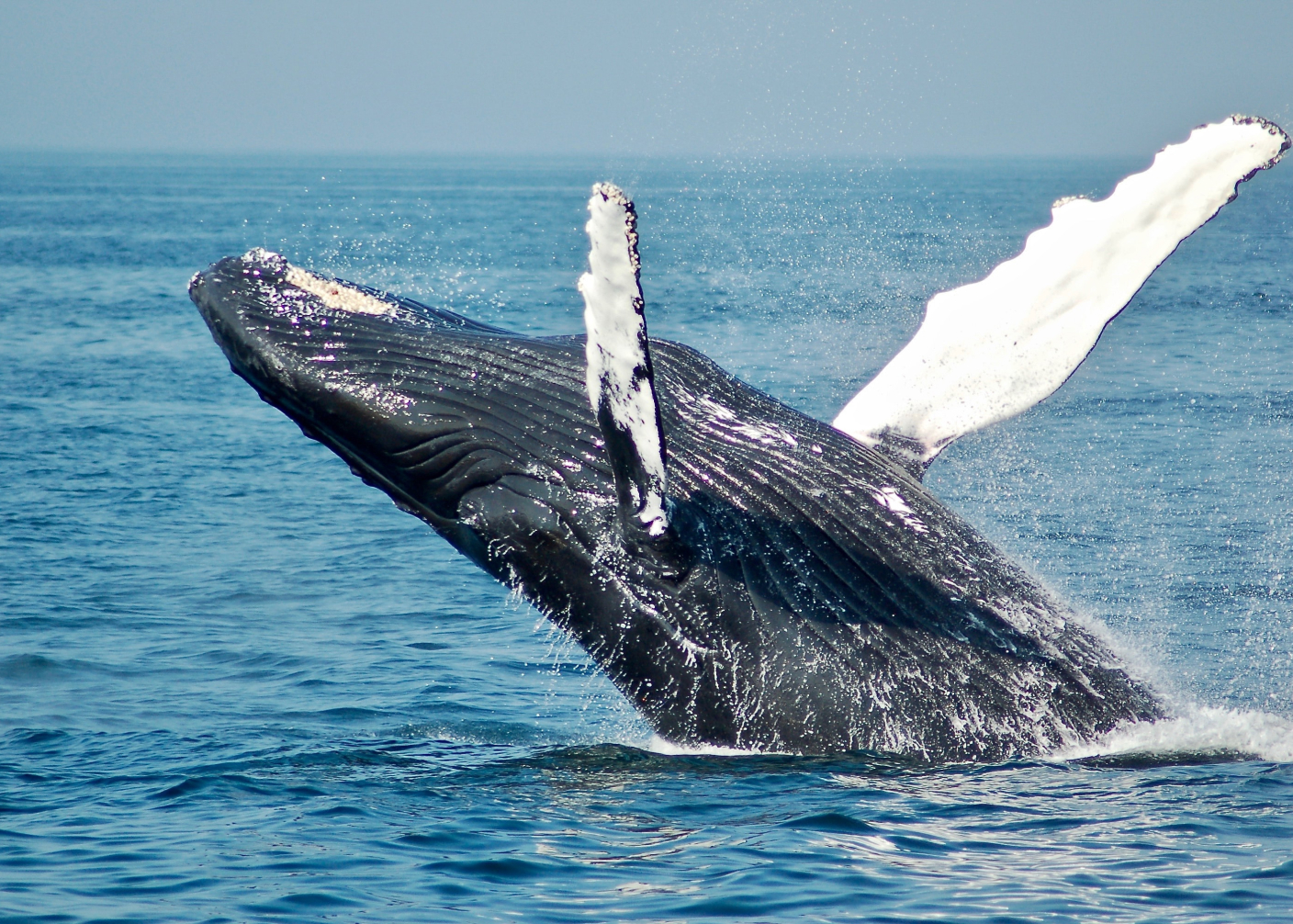
Marine Conservation
Uruguay has a great relationship with the ocean and its conservation. Its marine habitats support important fisheries, help to mitigate the impact of climate change, provide raw materials for industry and provide opportunities for recreation.
Off the Atlantic coast of Uruguay, the convergence of a warm ocean current coming from Brazil and a cold current from Malvinas creates one of the most productive aquatic systems in the world - a natural habitat and migratory route for whales, dolphins, seals, sea lions, fish and seabirds, including threatened, vulnerable and critically endangered species.
Uruguay’s ocean territory is home to many incredible marine species such as whales, sharks, dolphins, sea turtles, rays, fish, birds and more. The area includes virtually unexplored coral reefs and sea canyons which are an important habitat for hake, anchovies, sharks, shrimp, squid and deep sea lobster.
